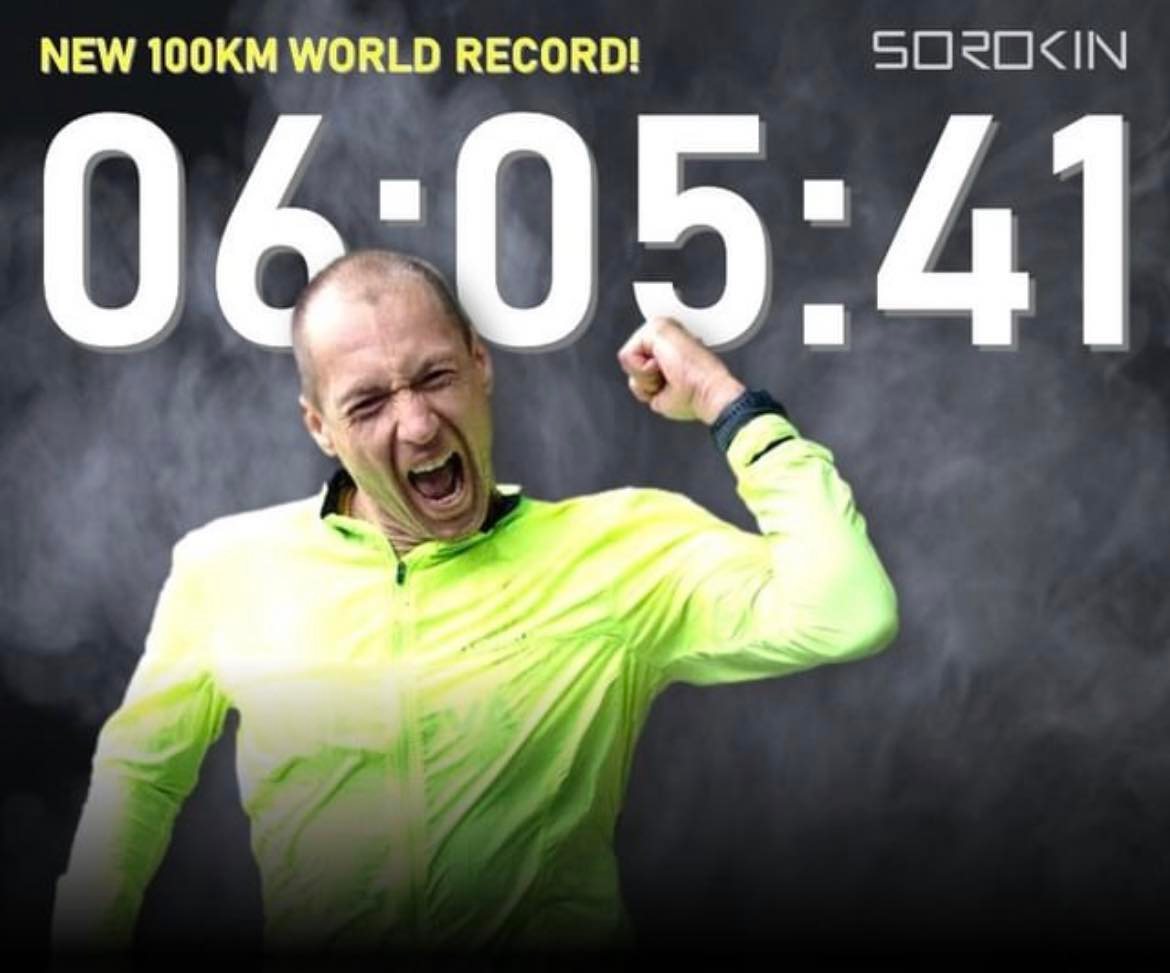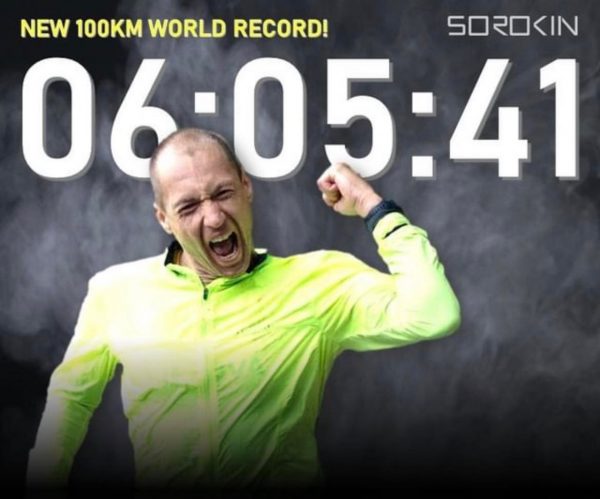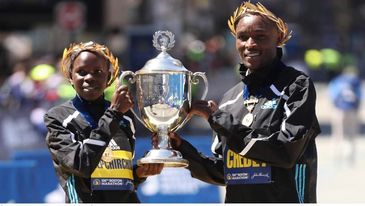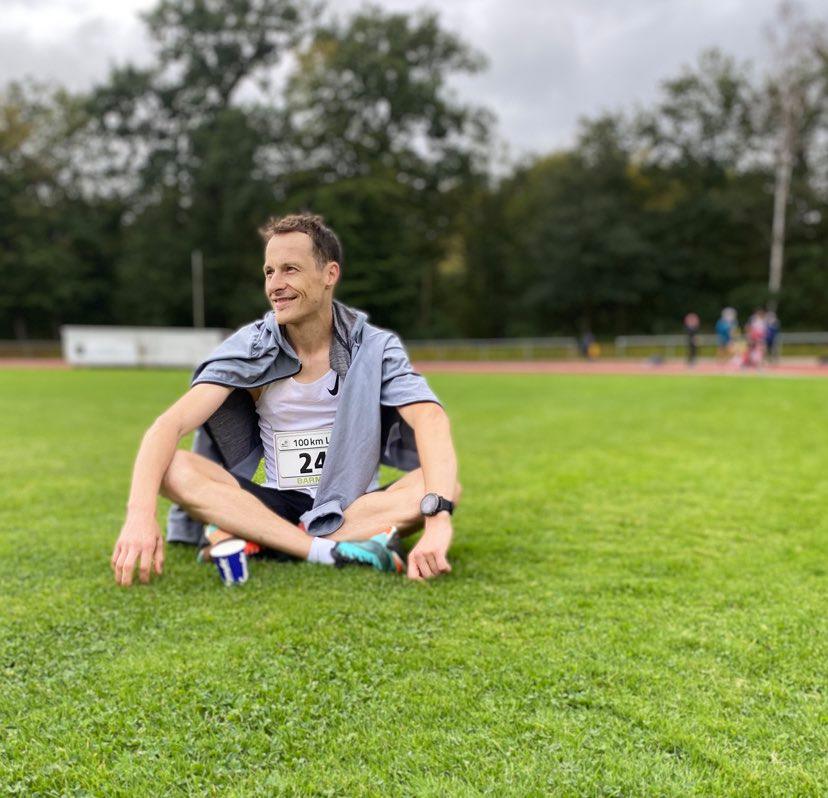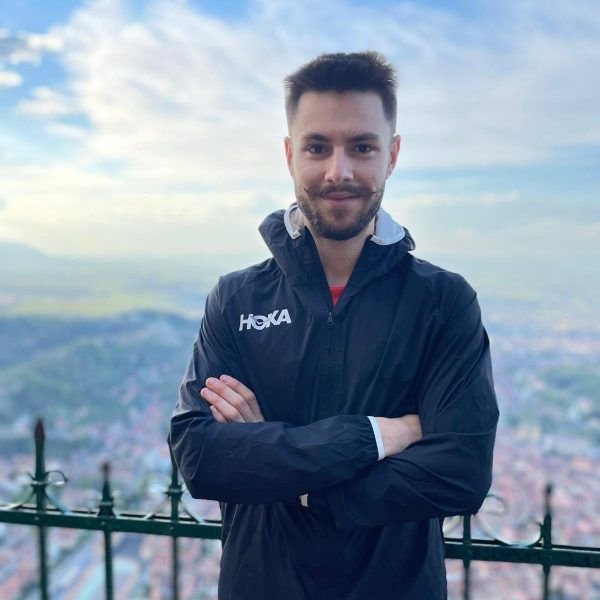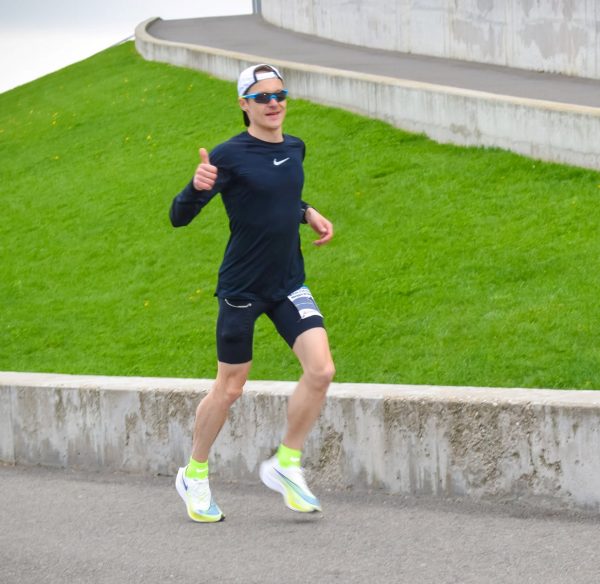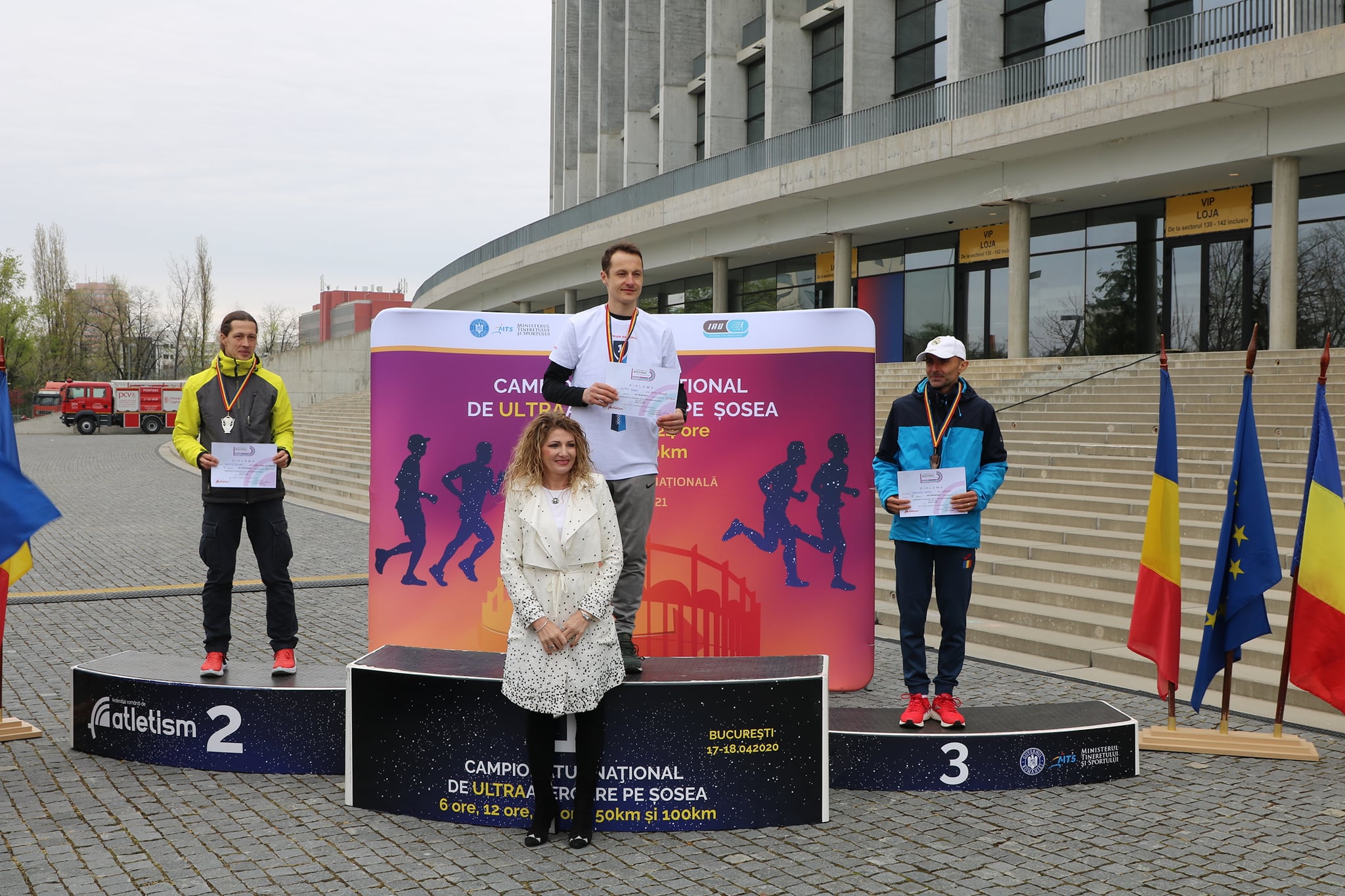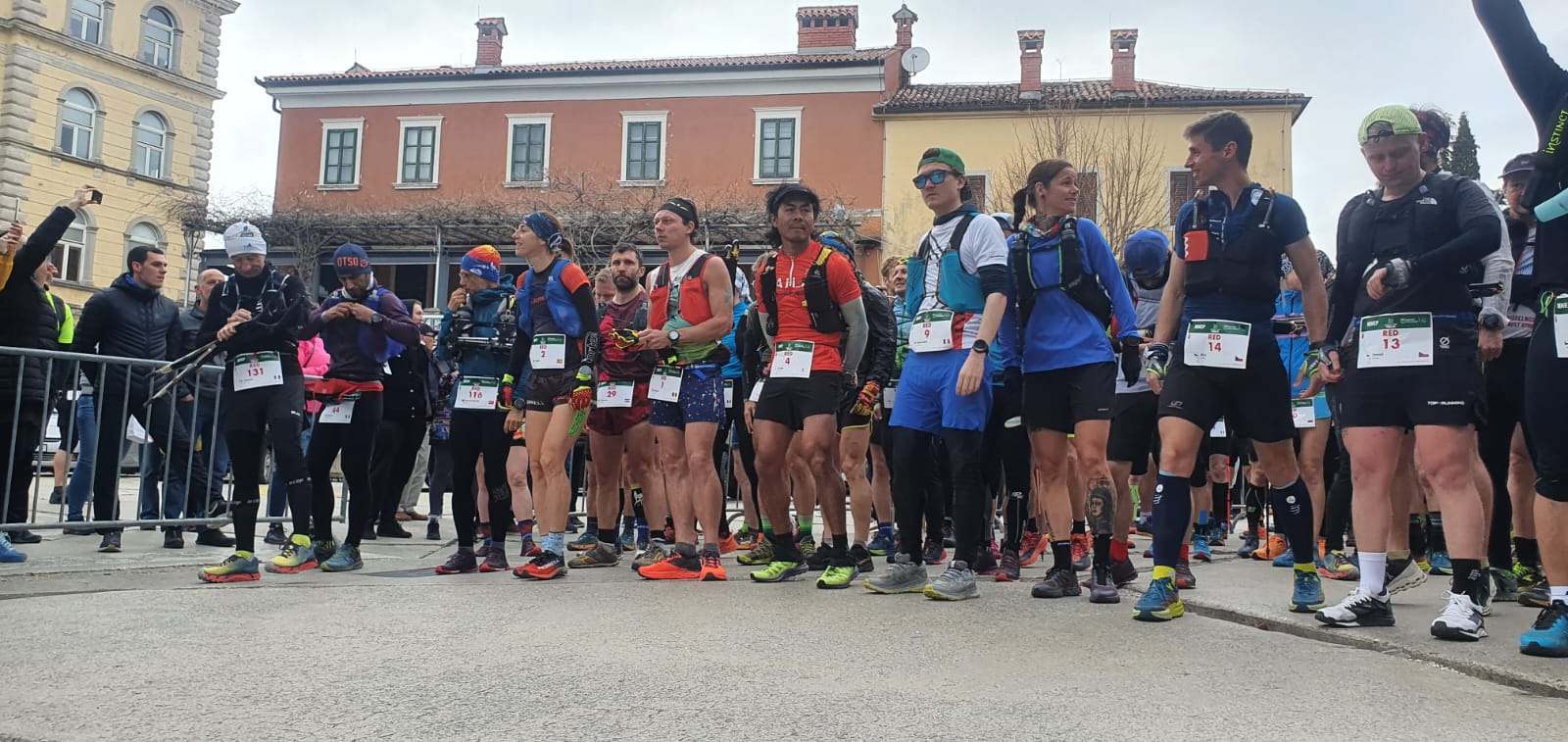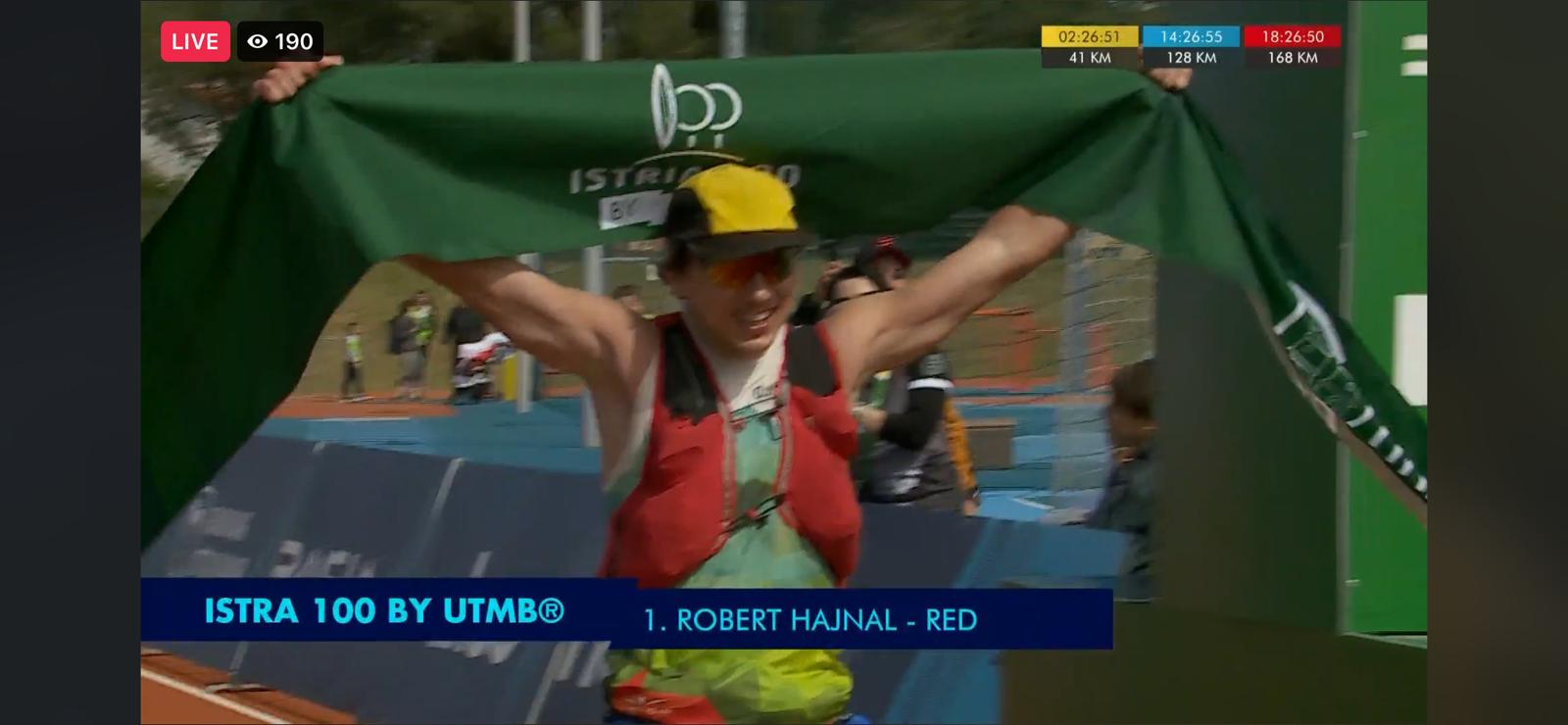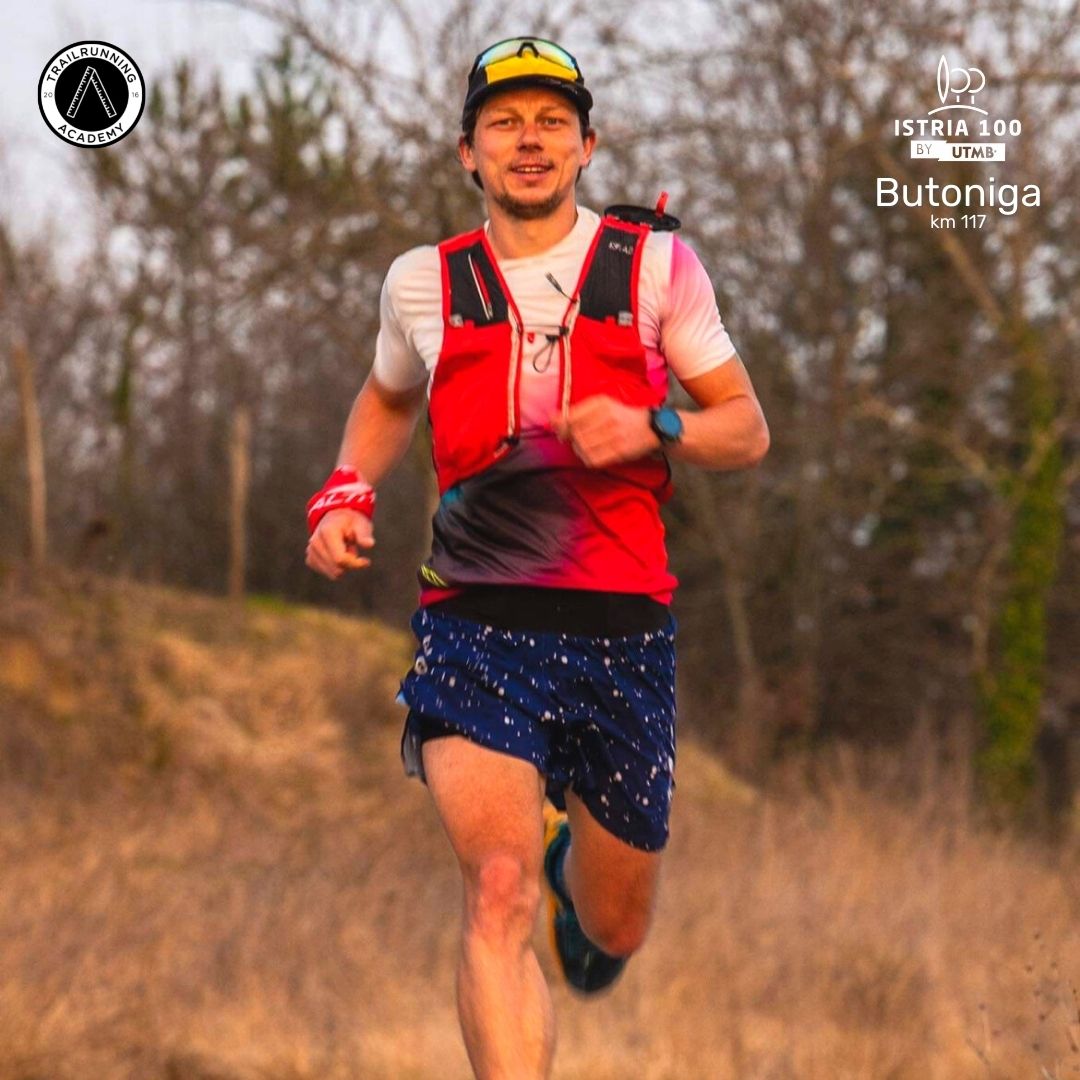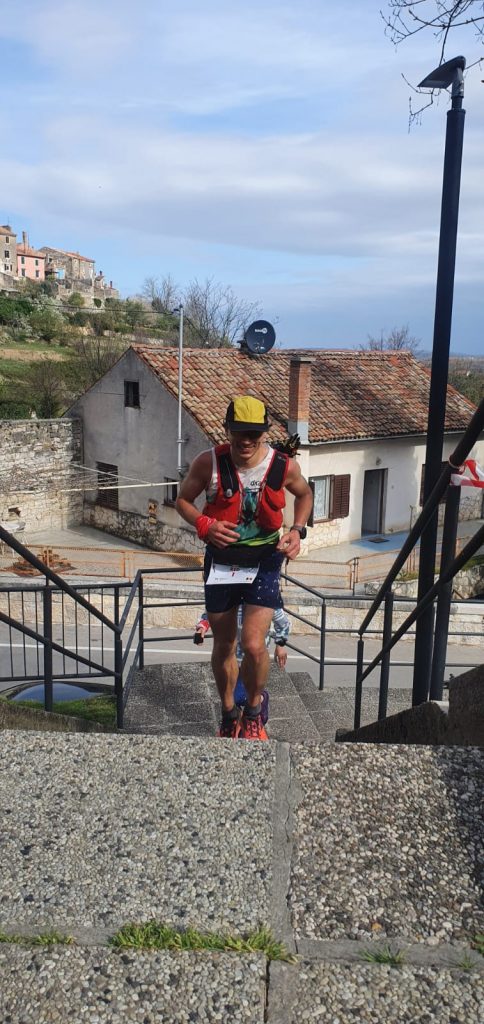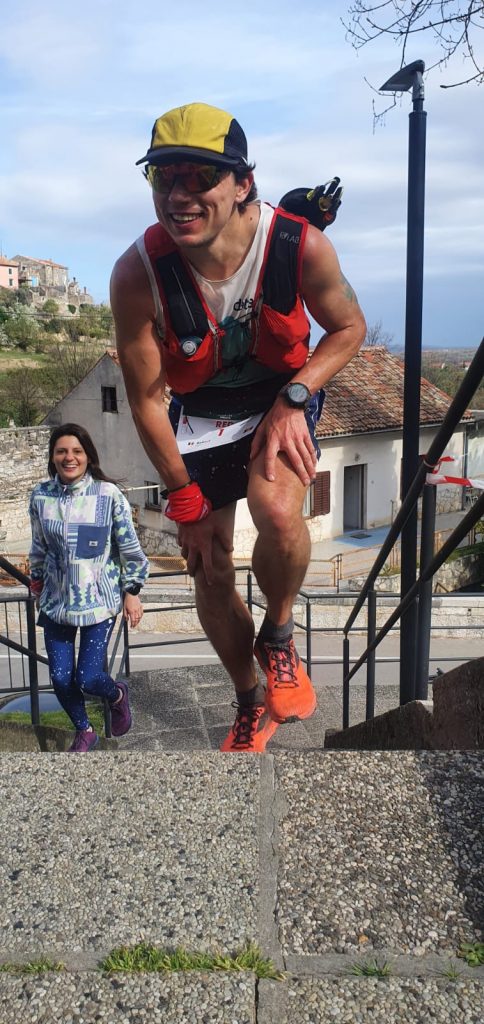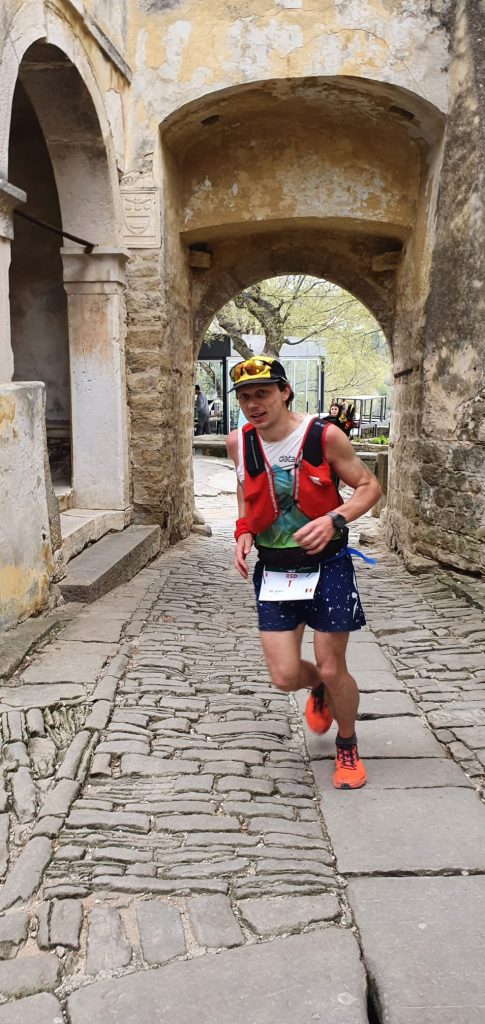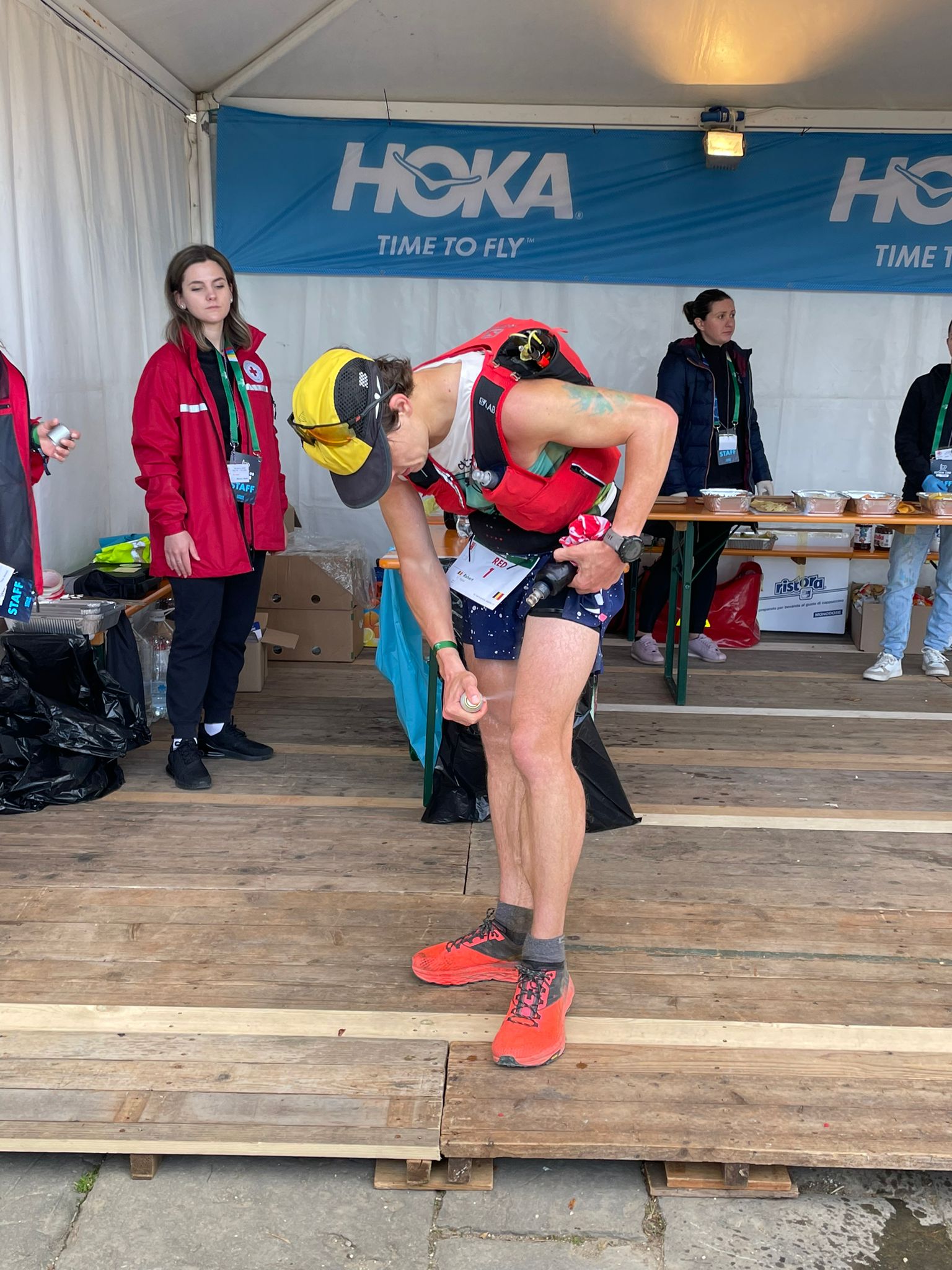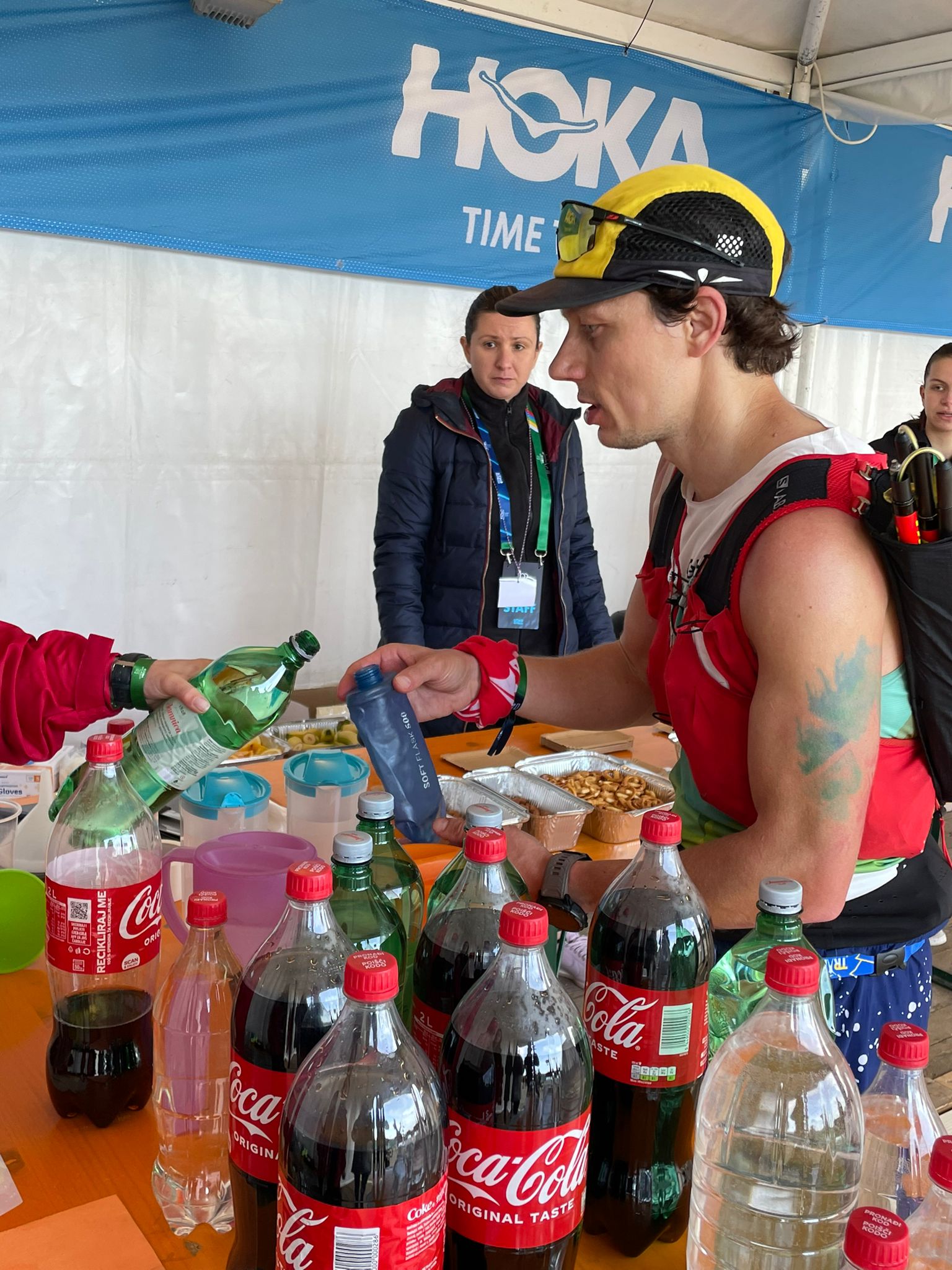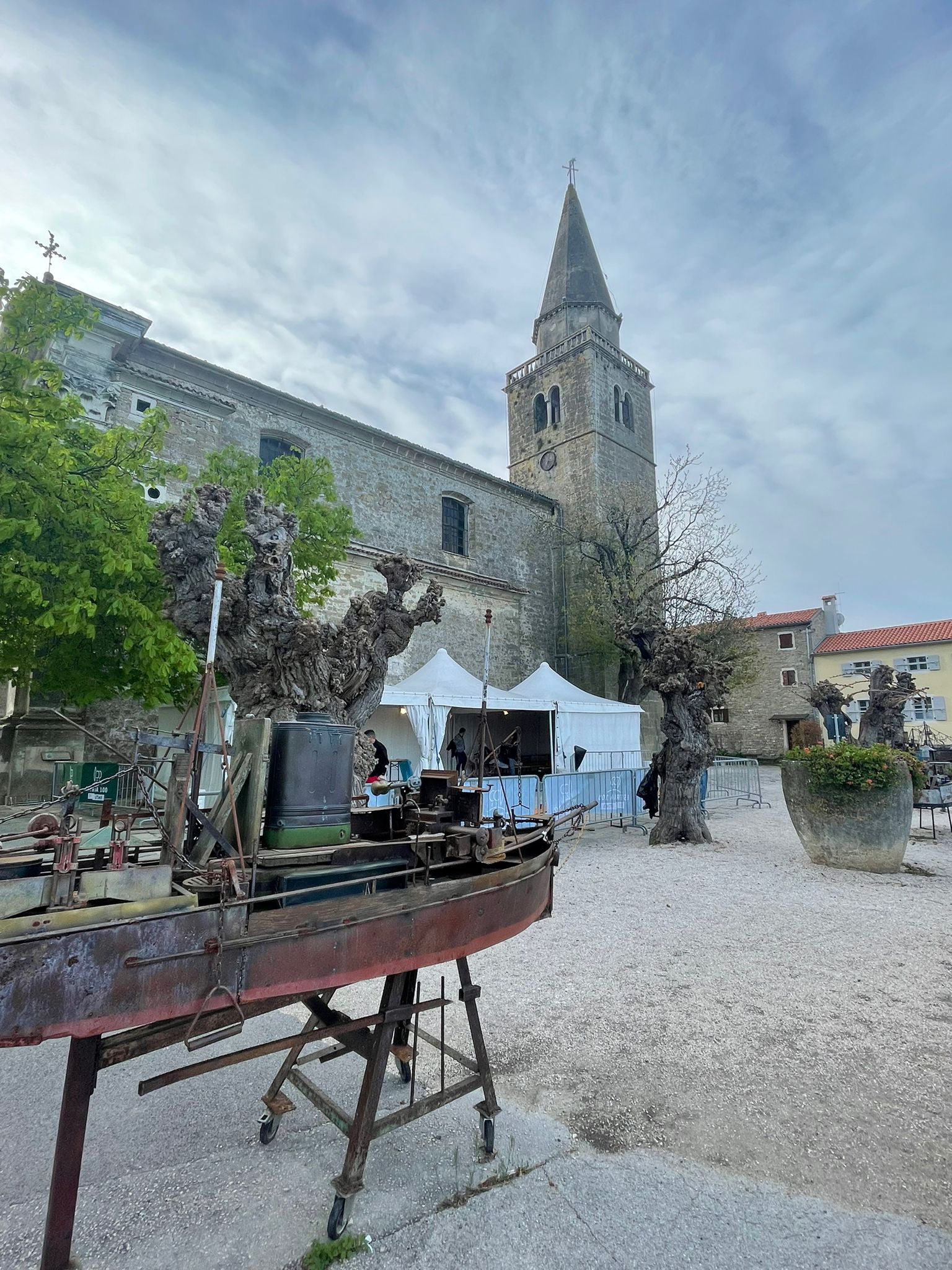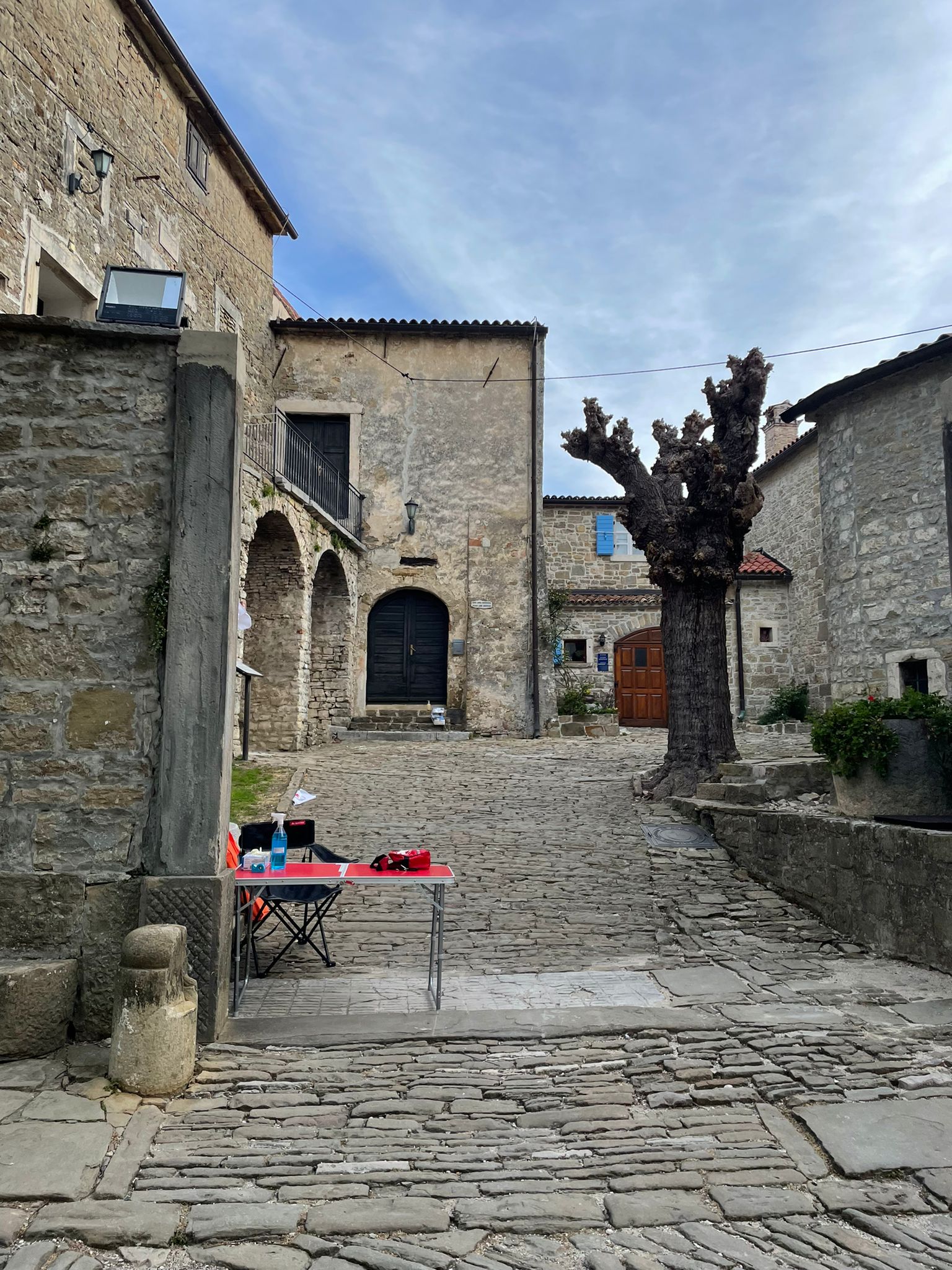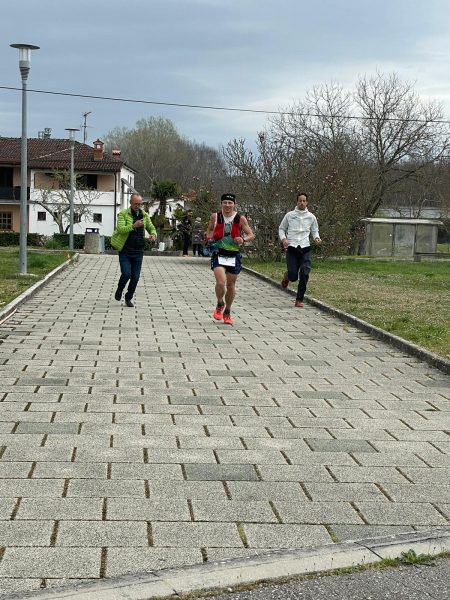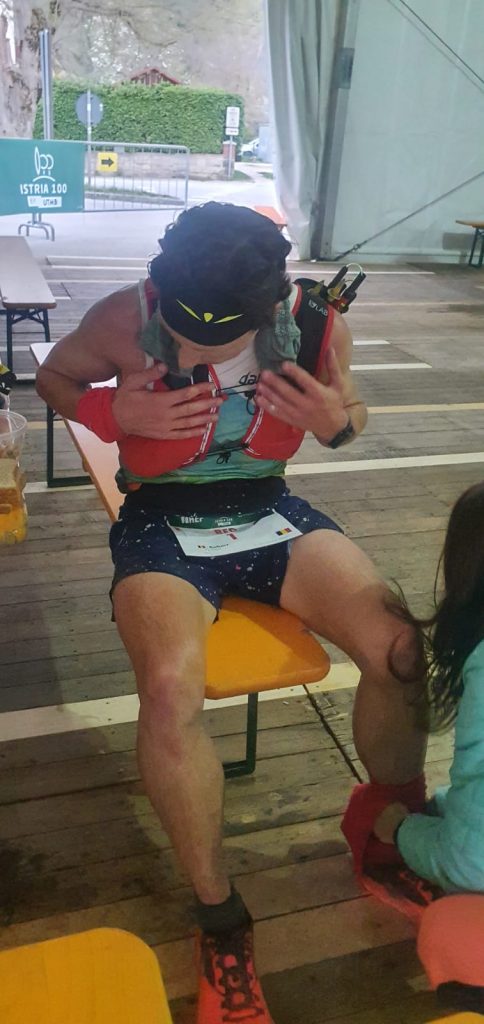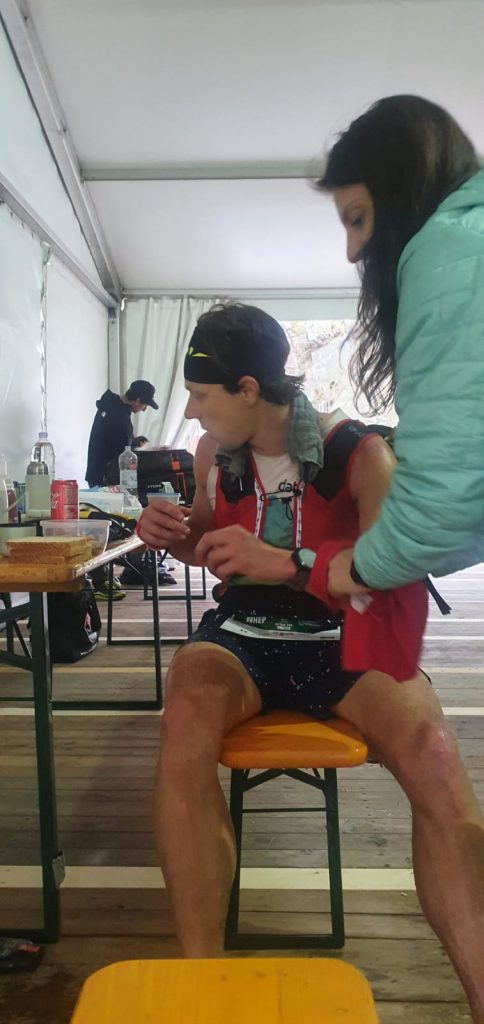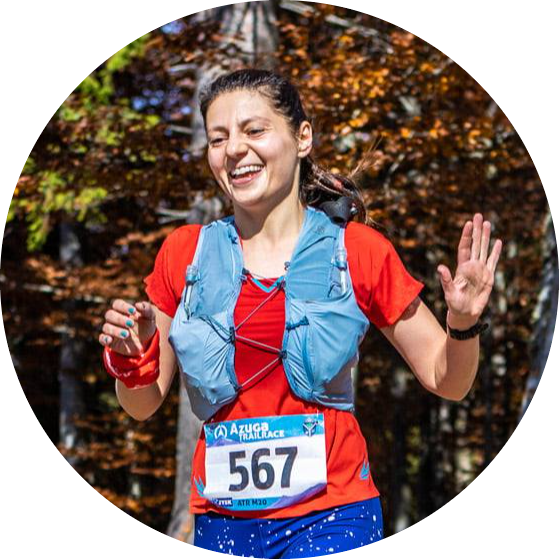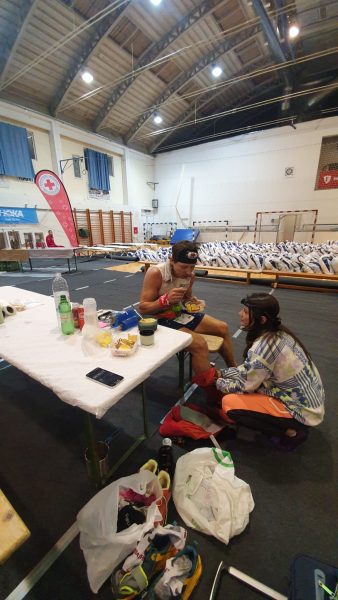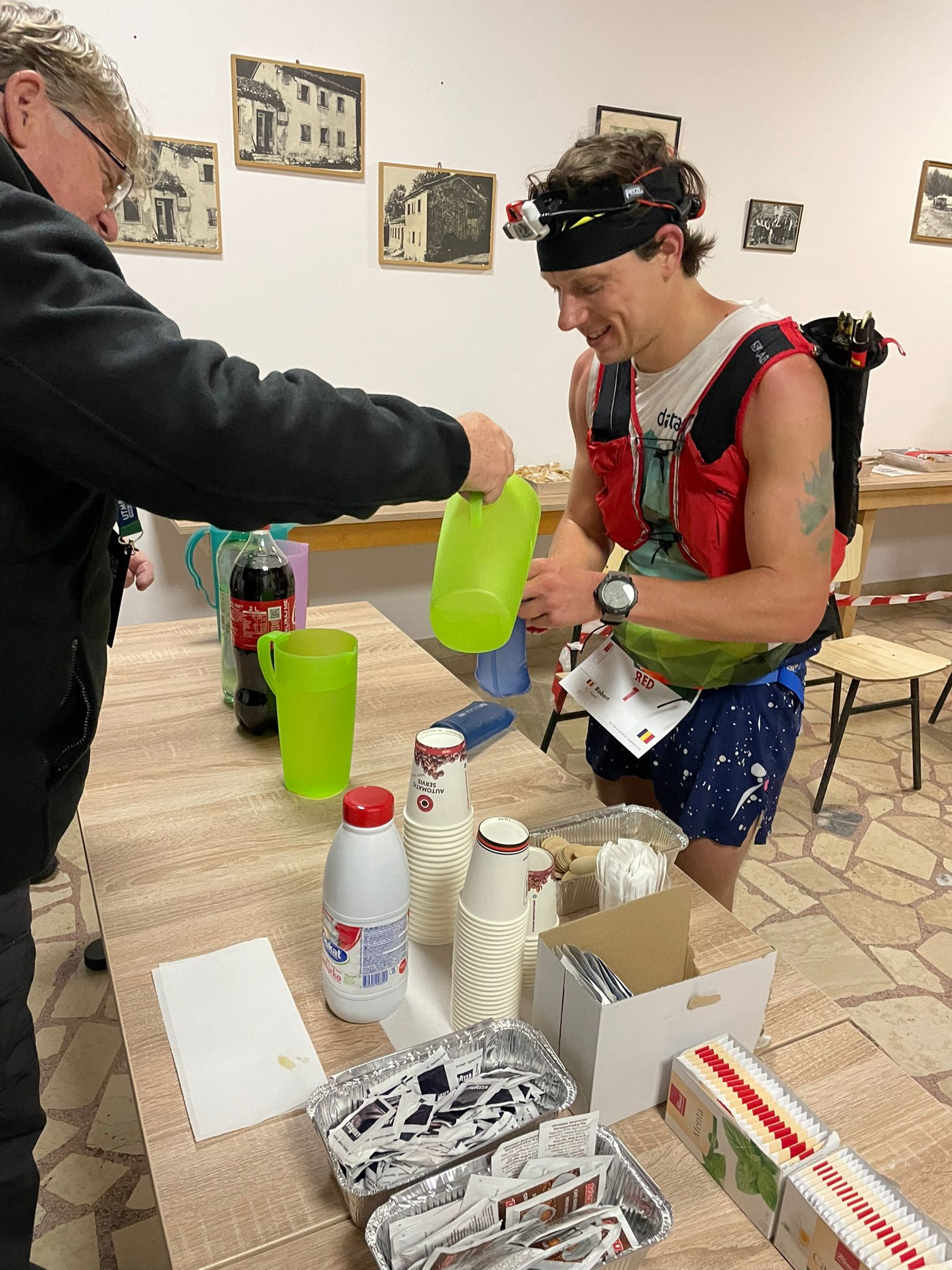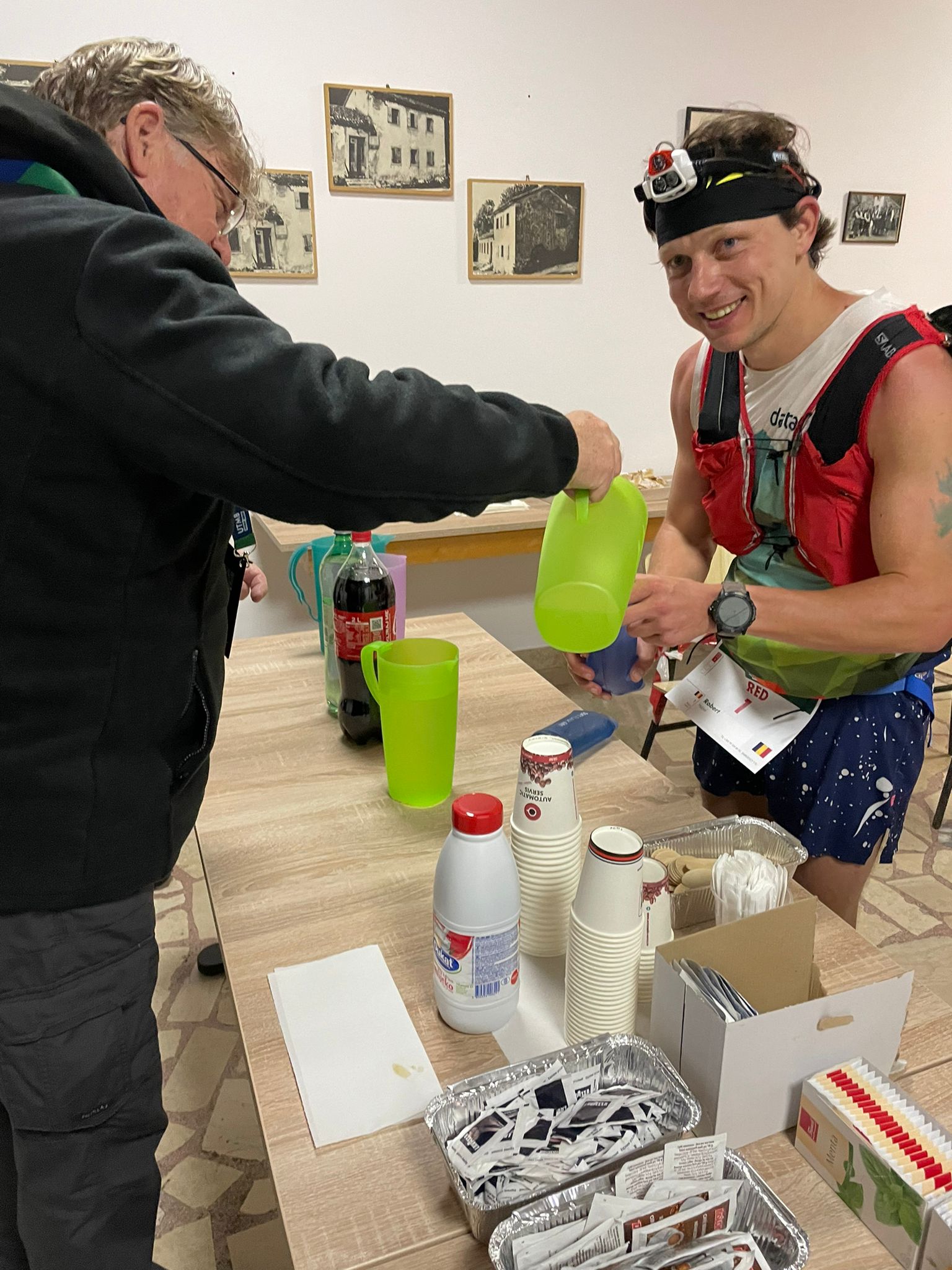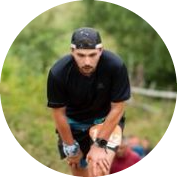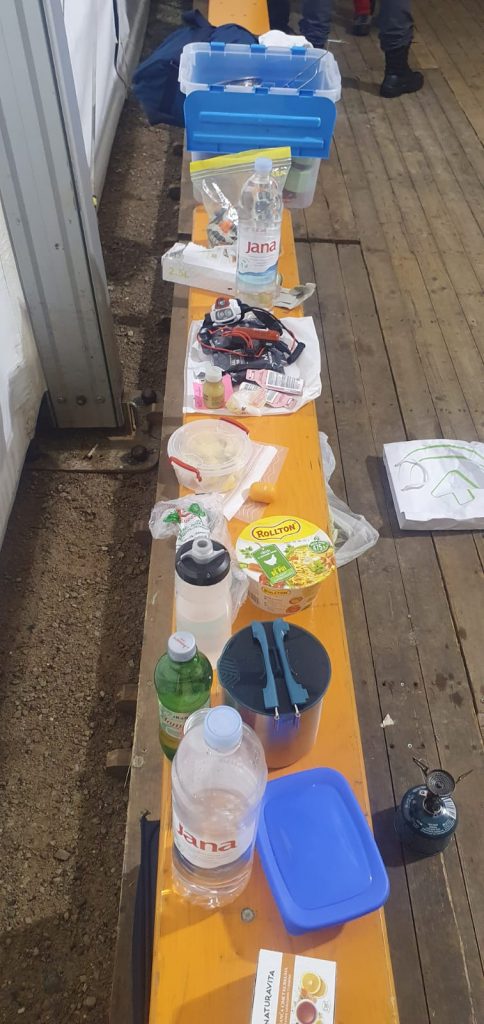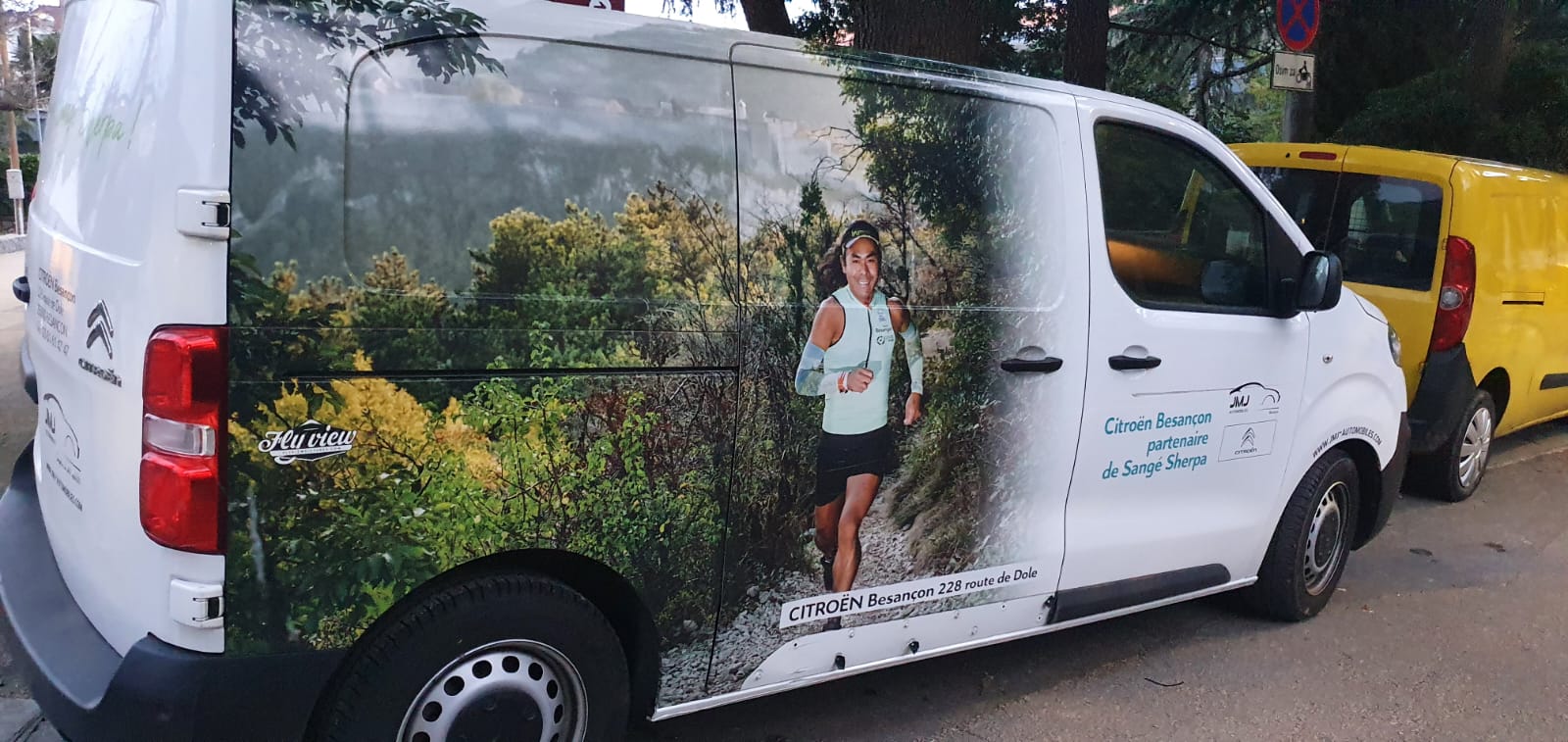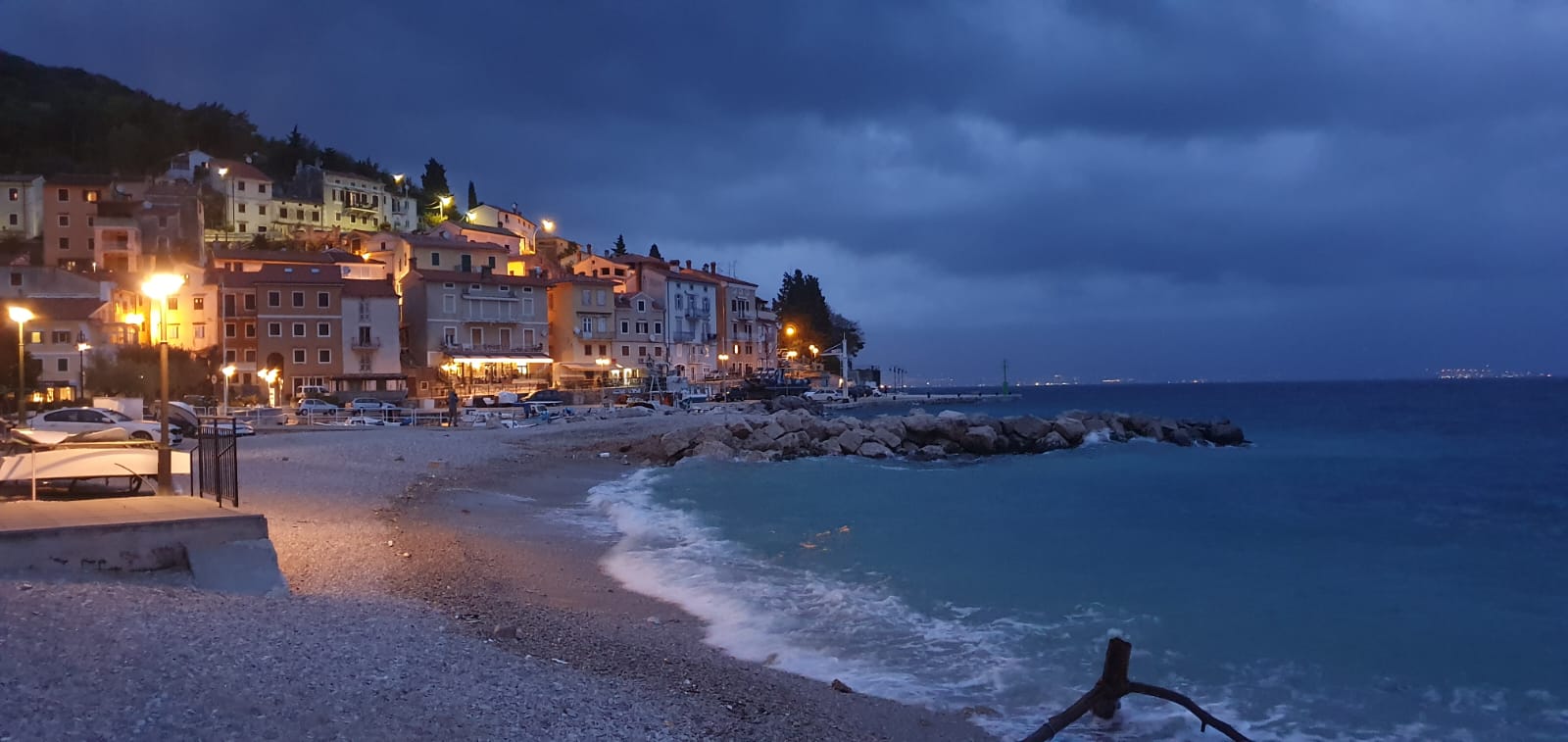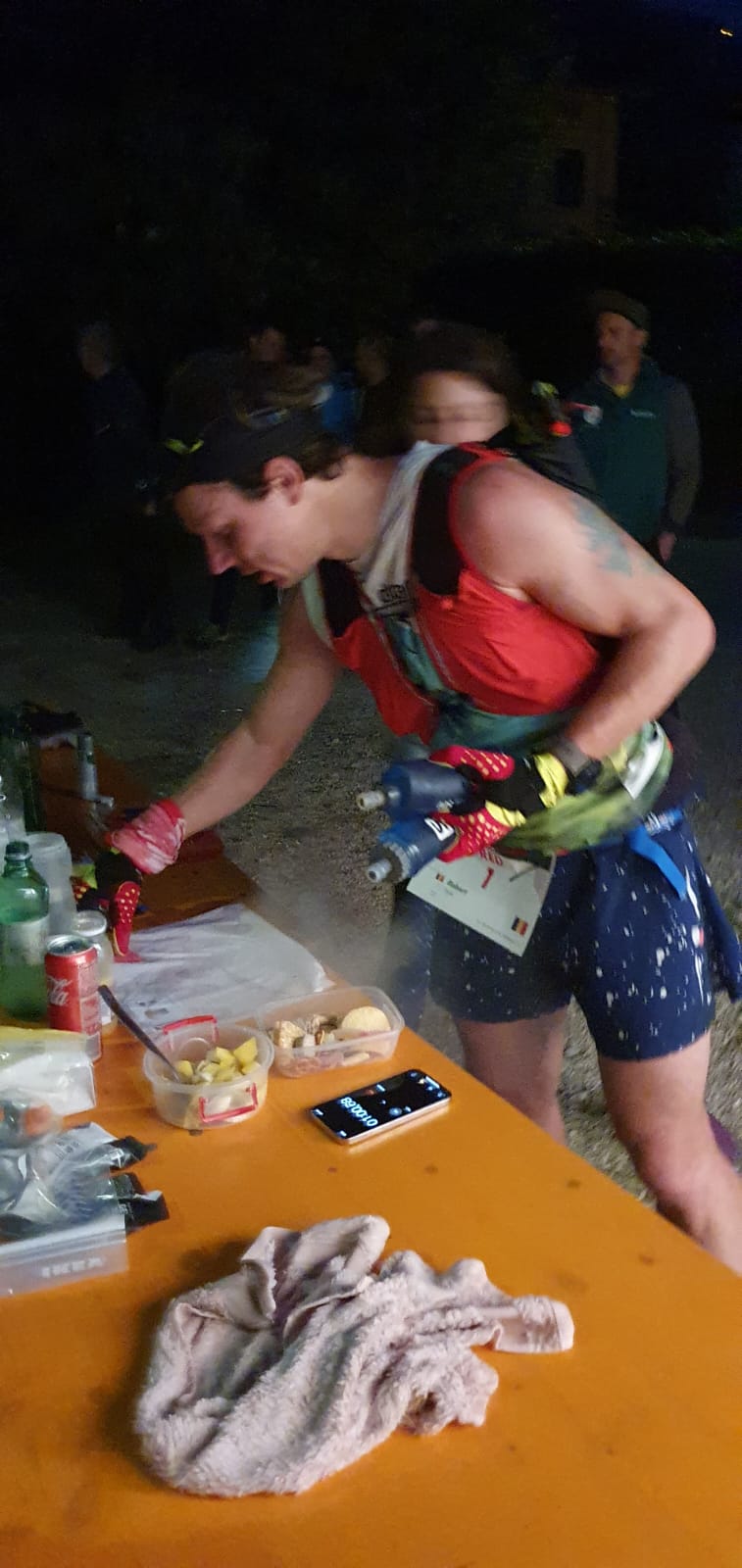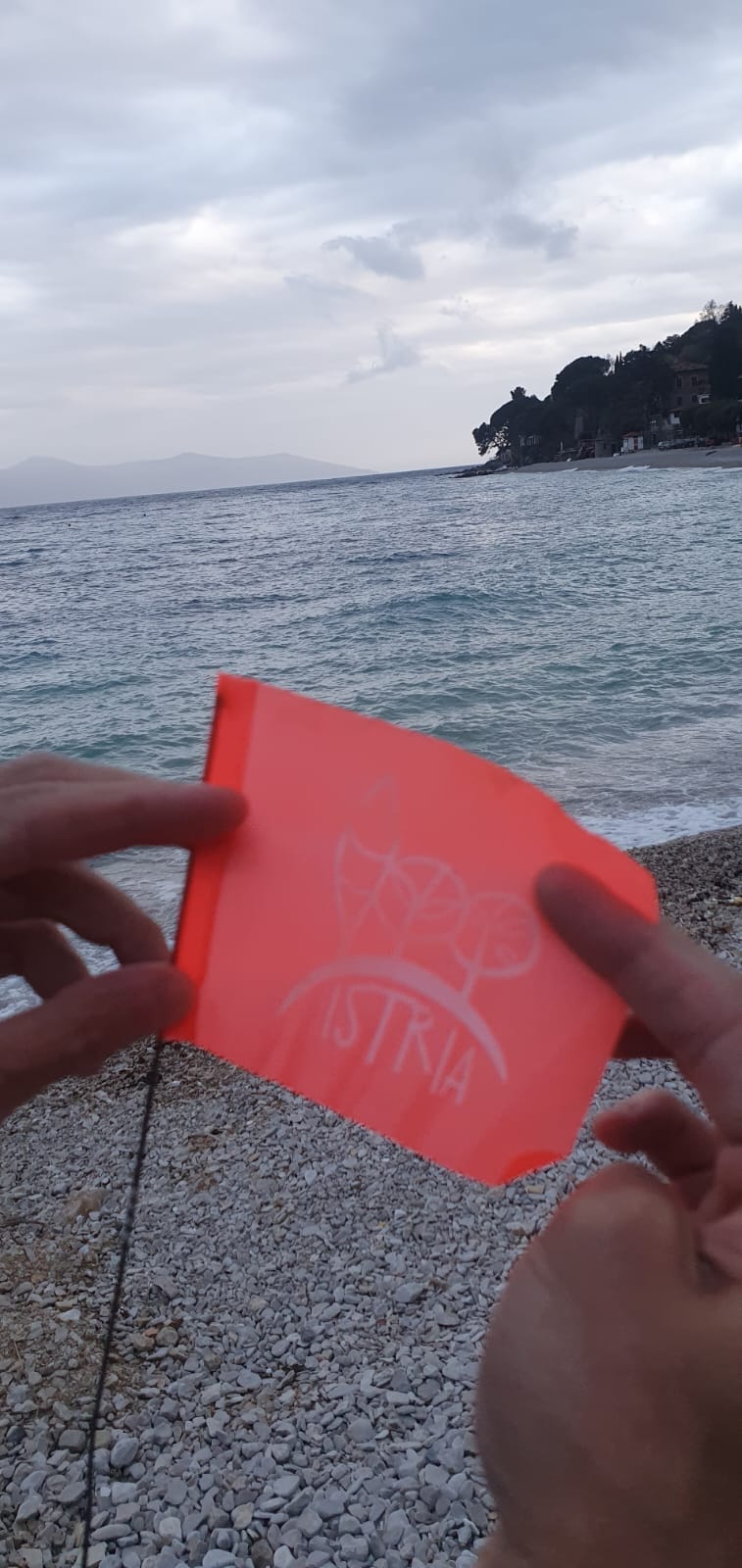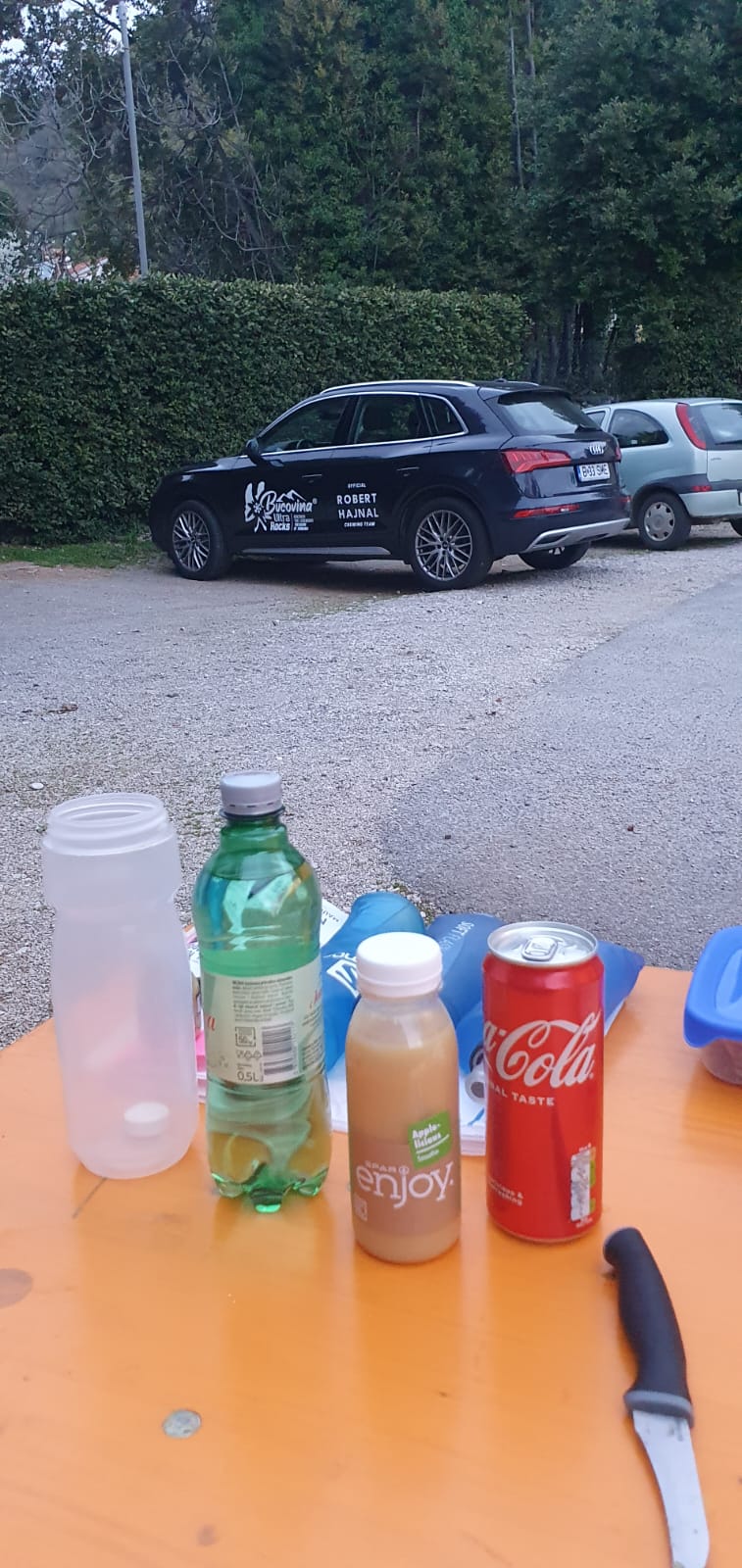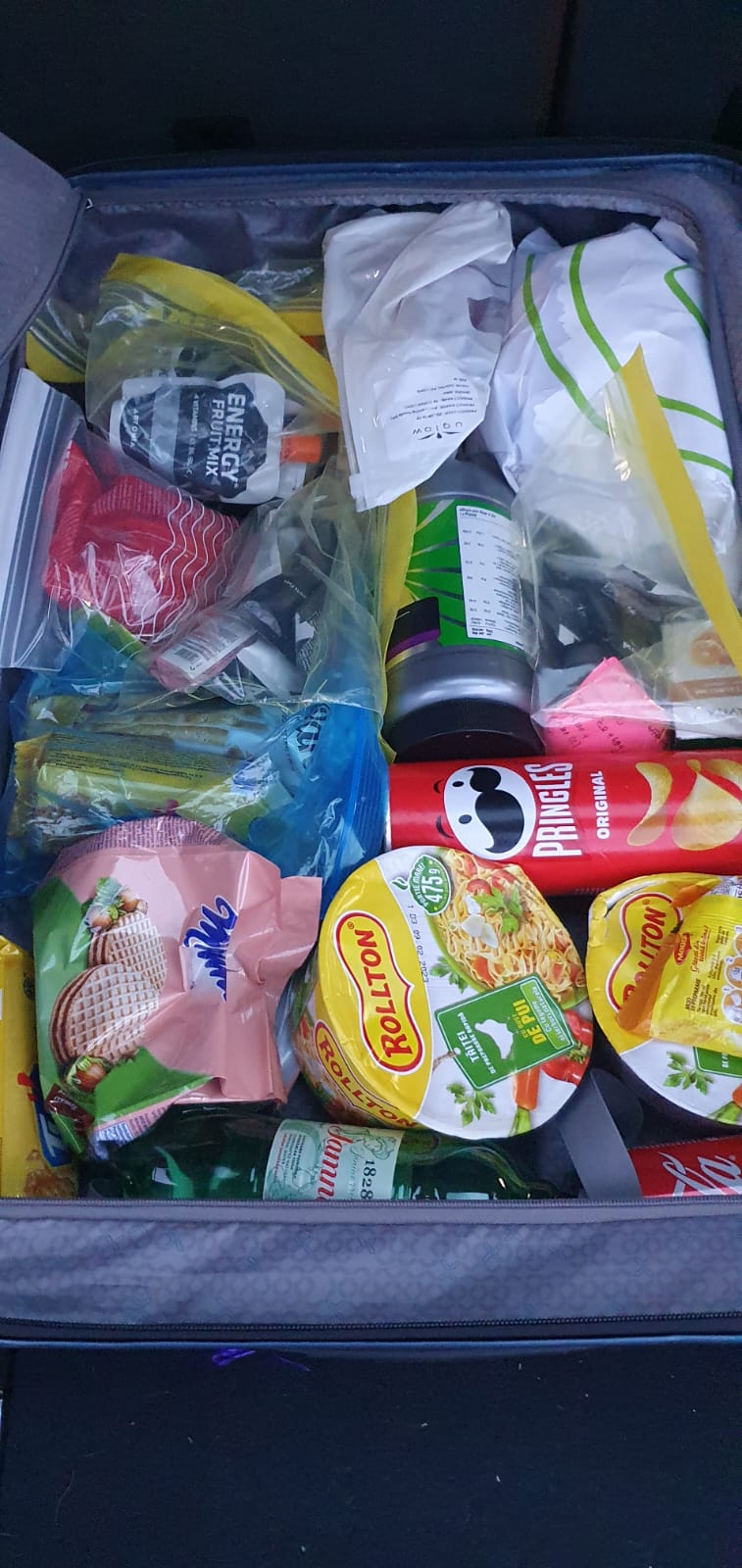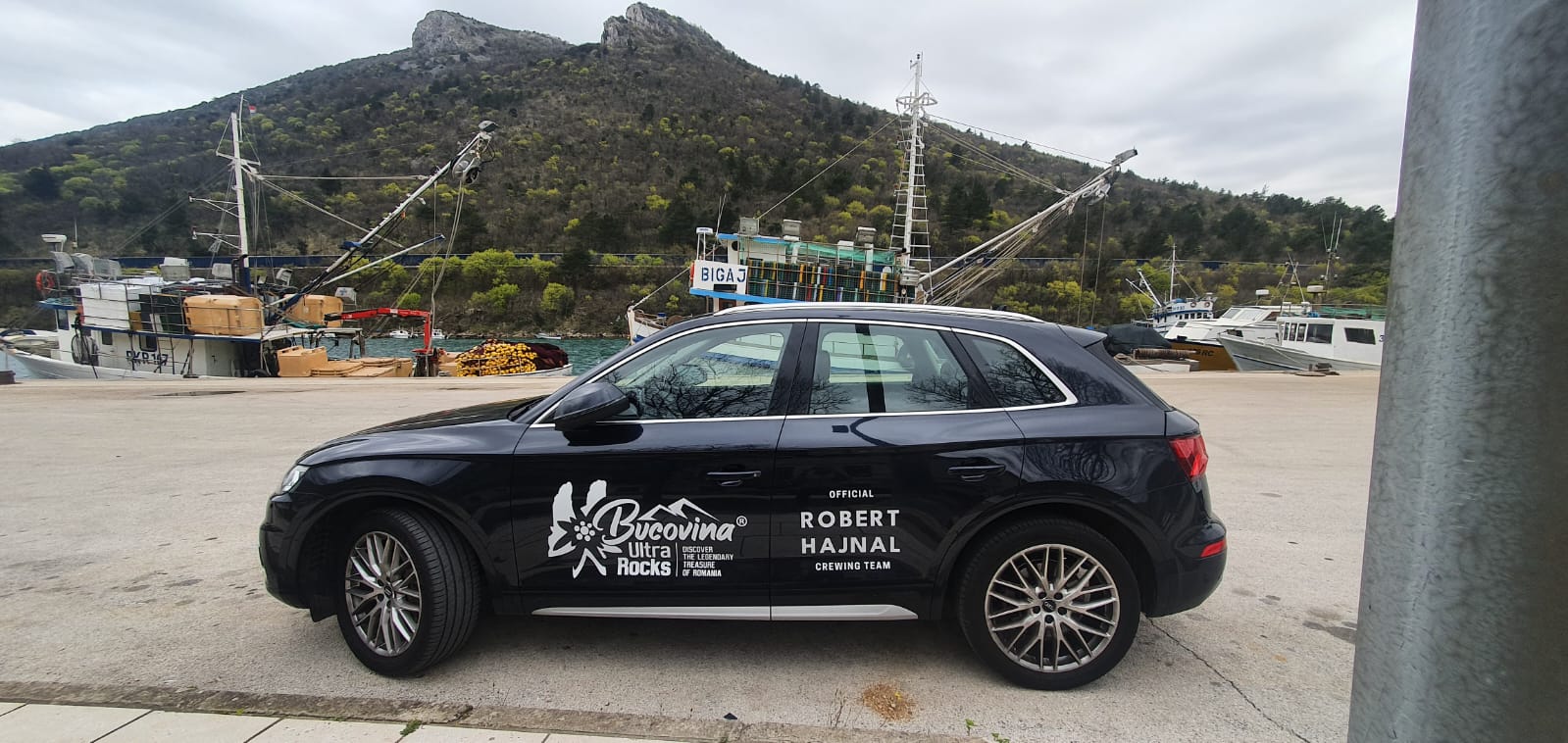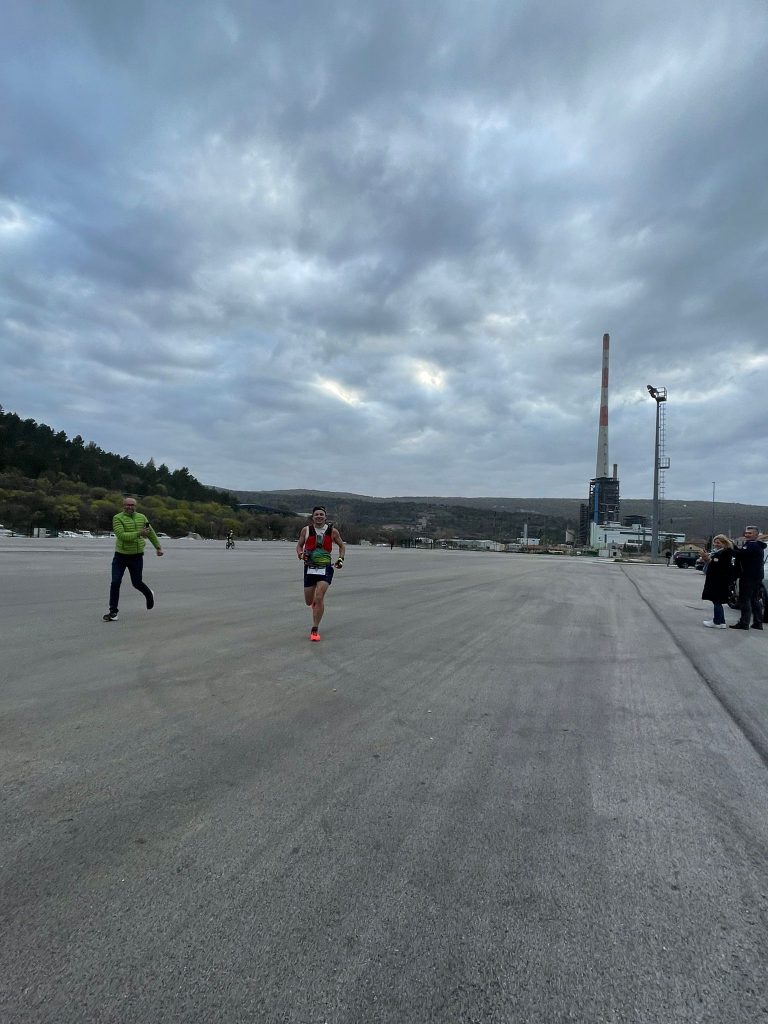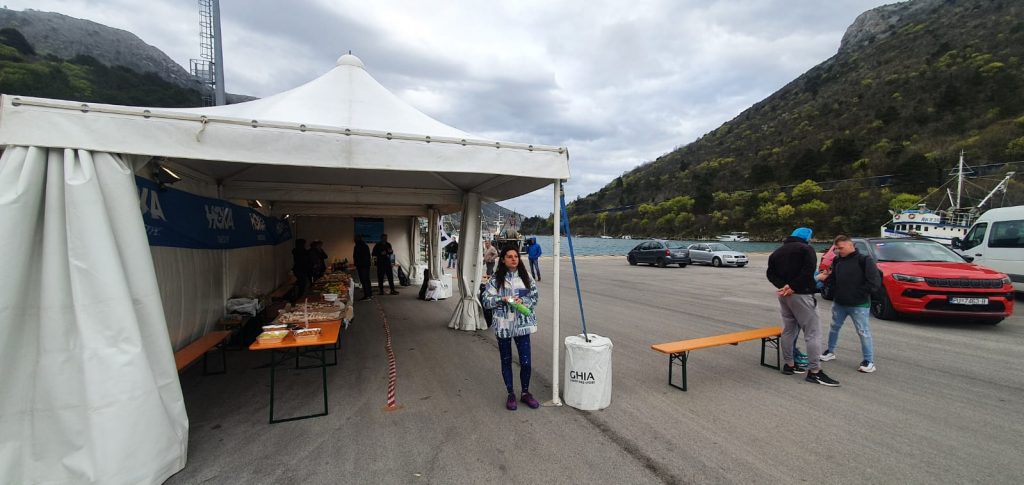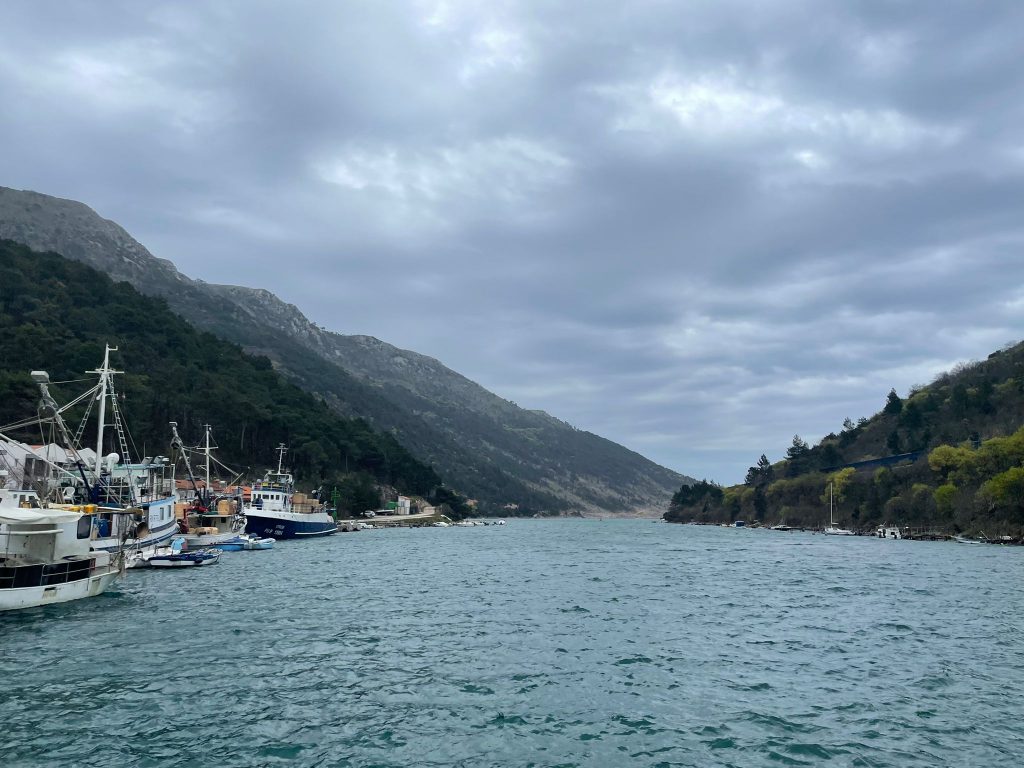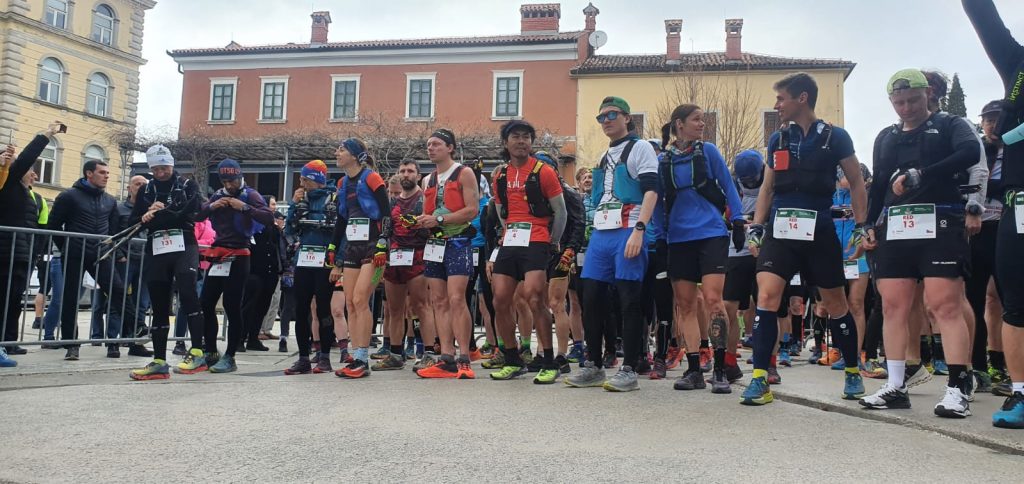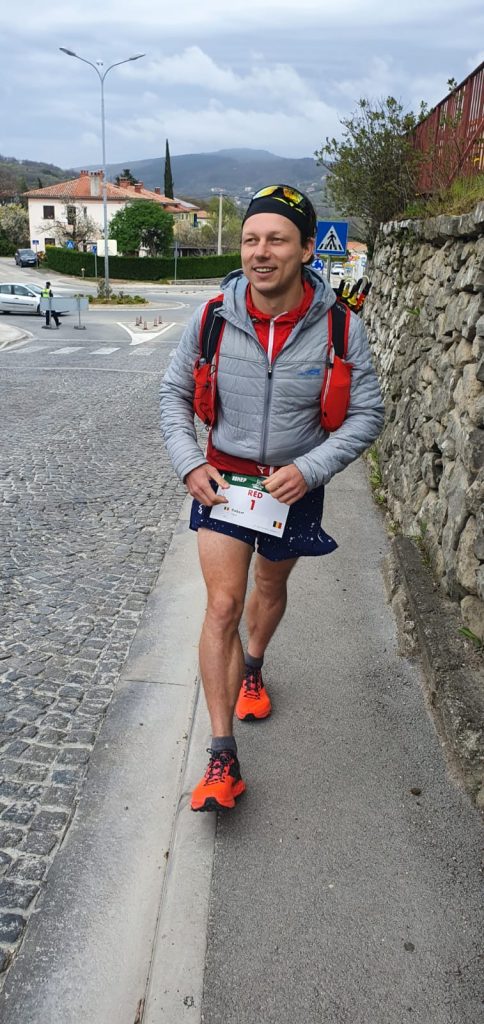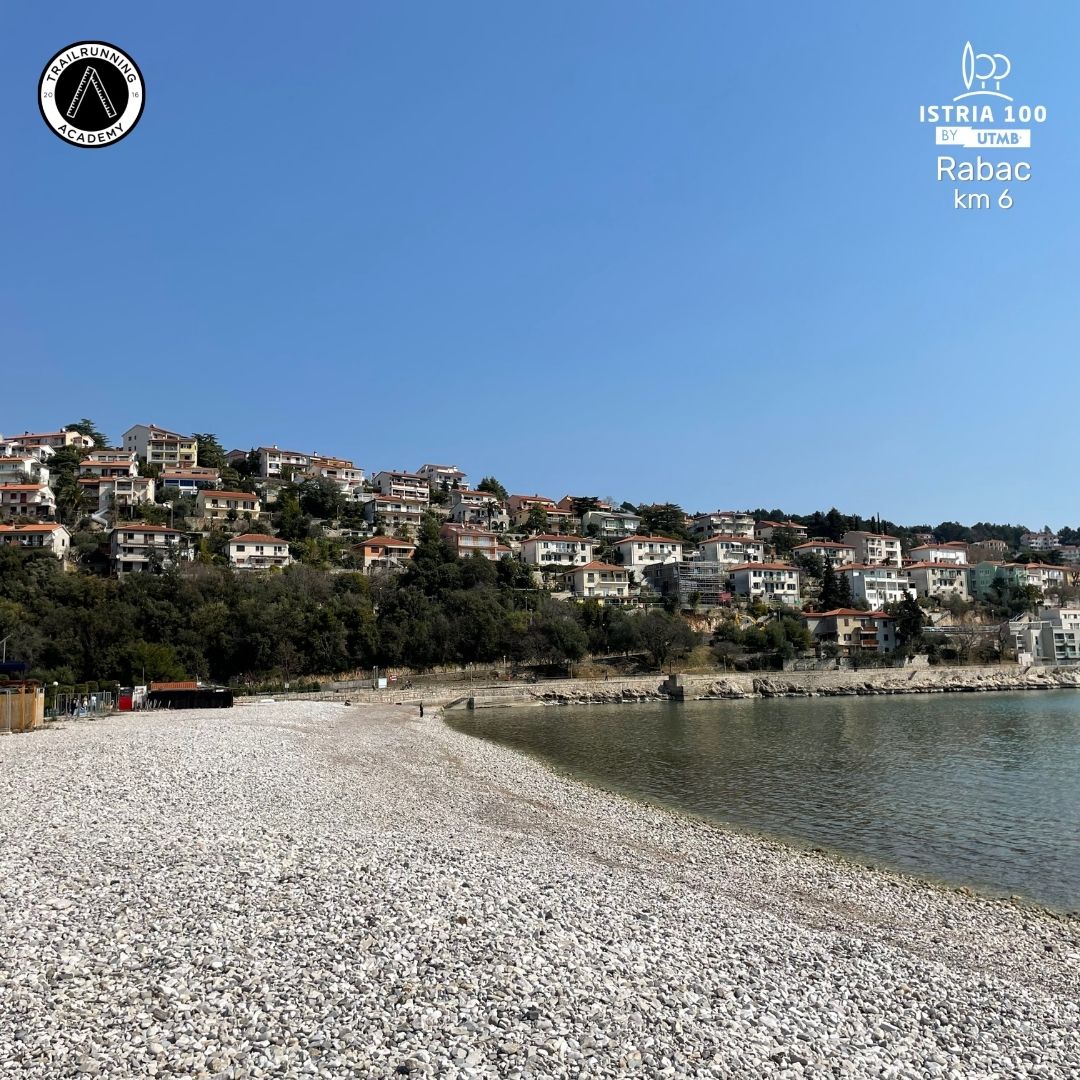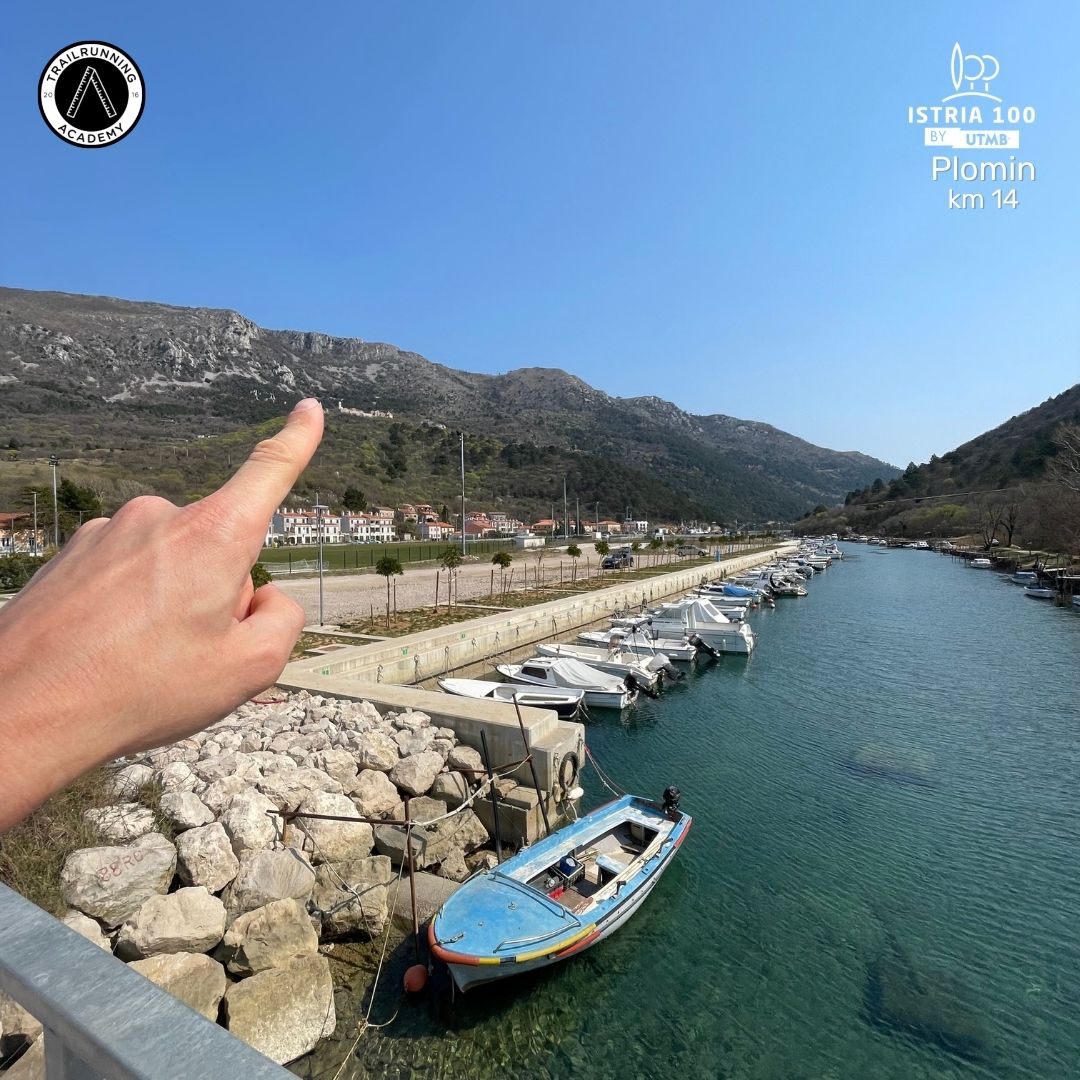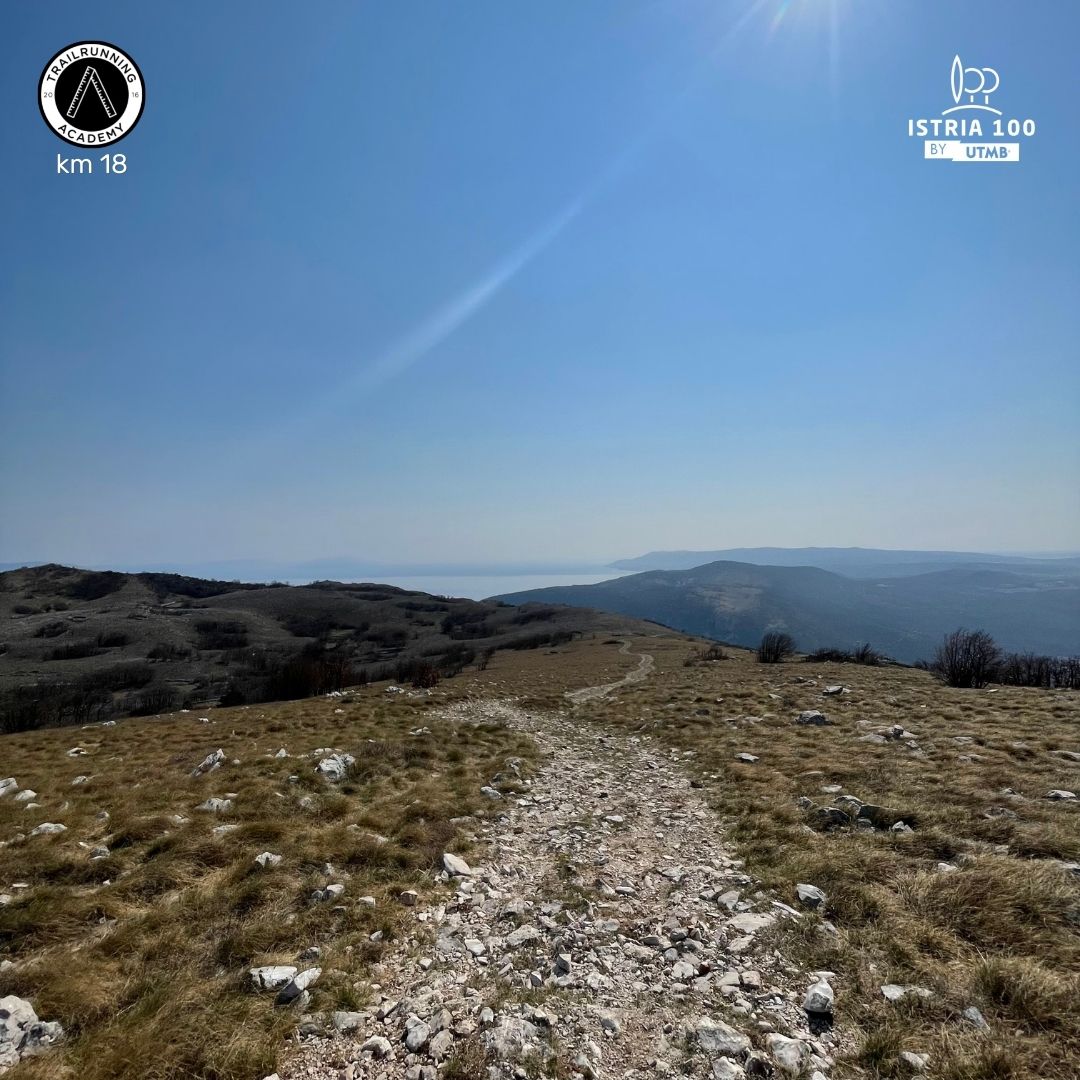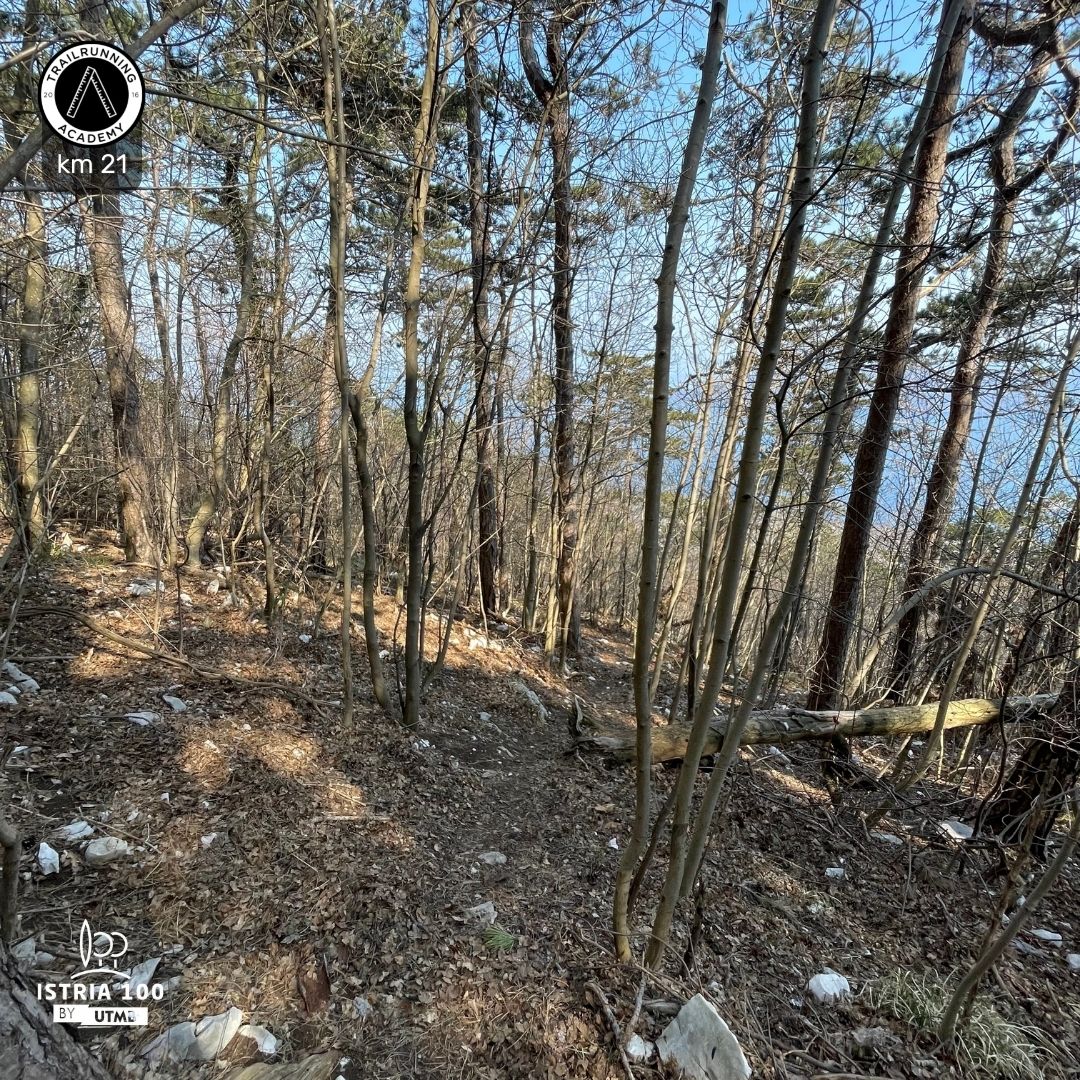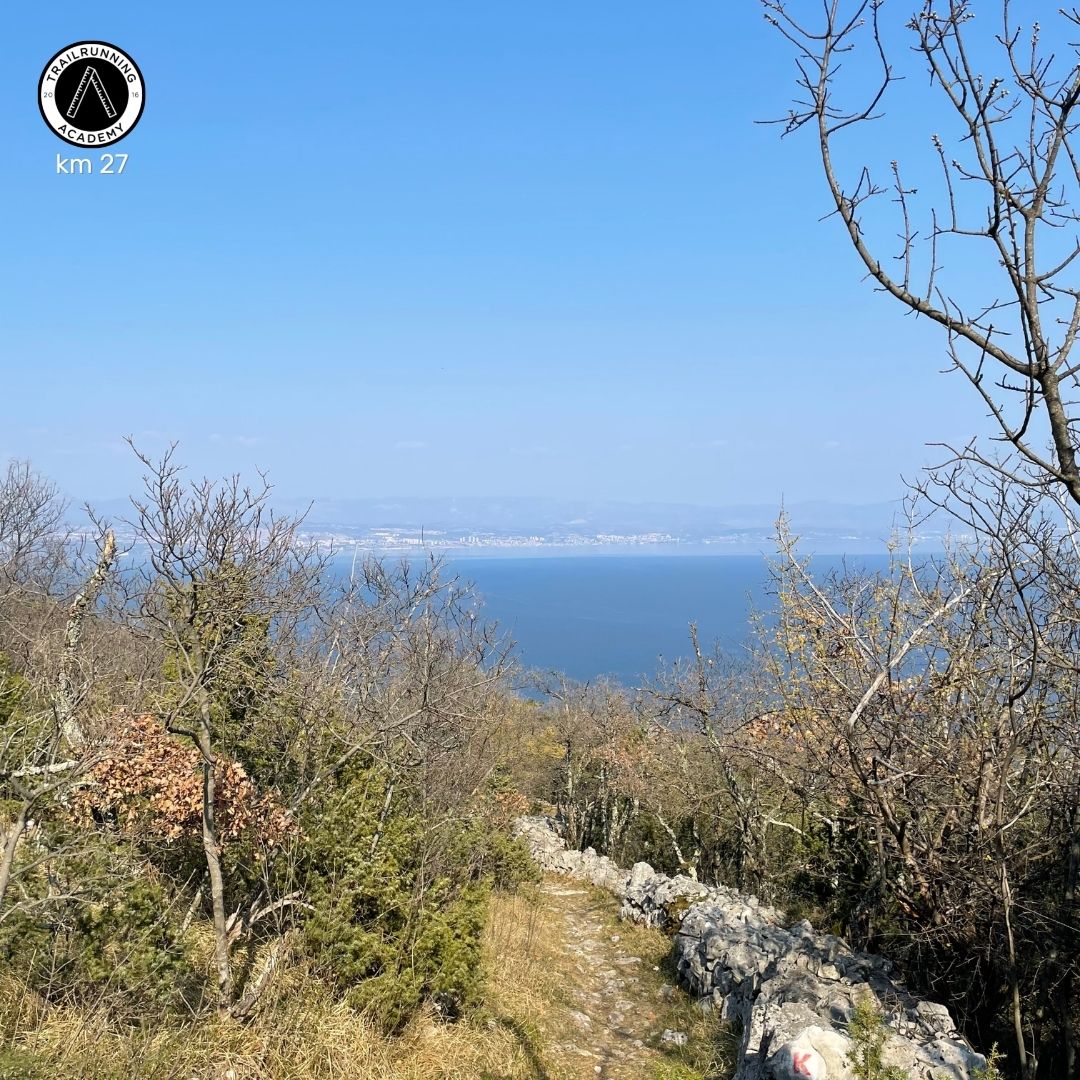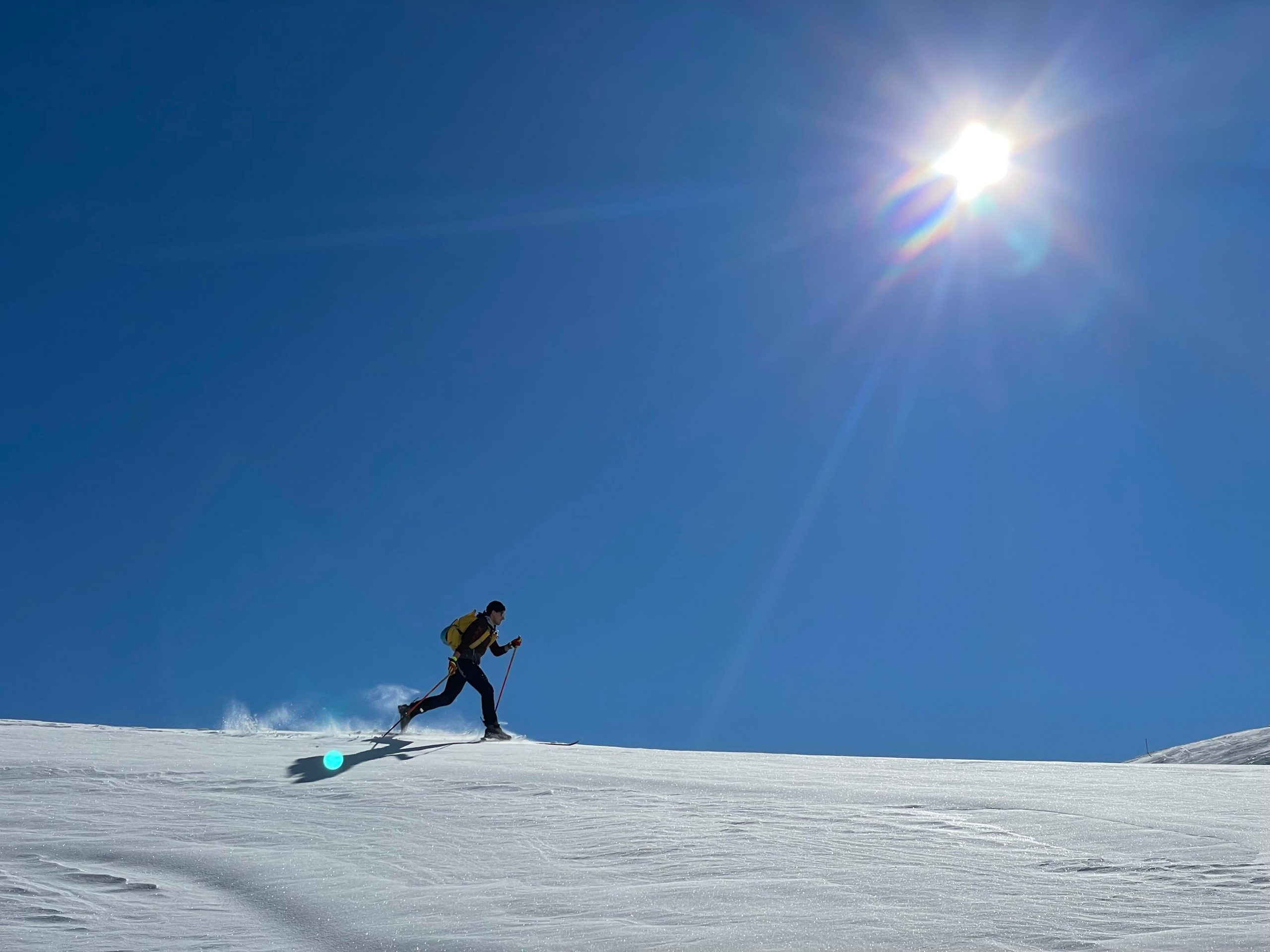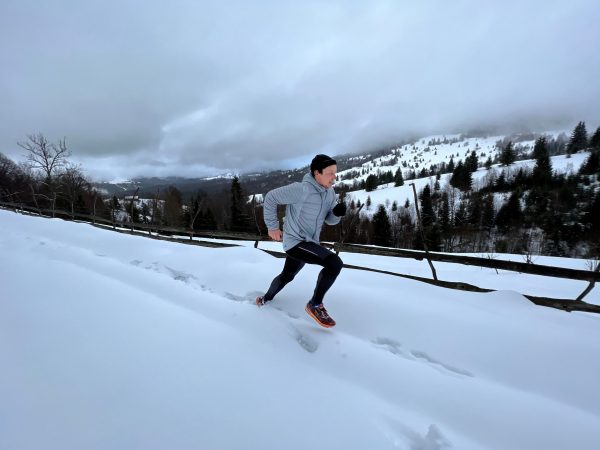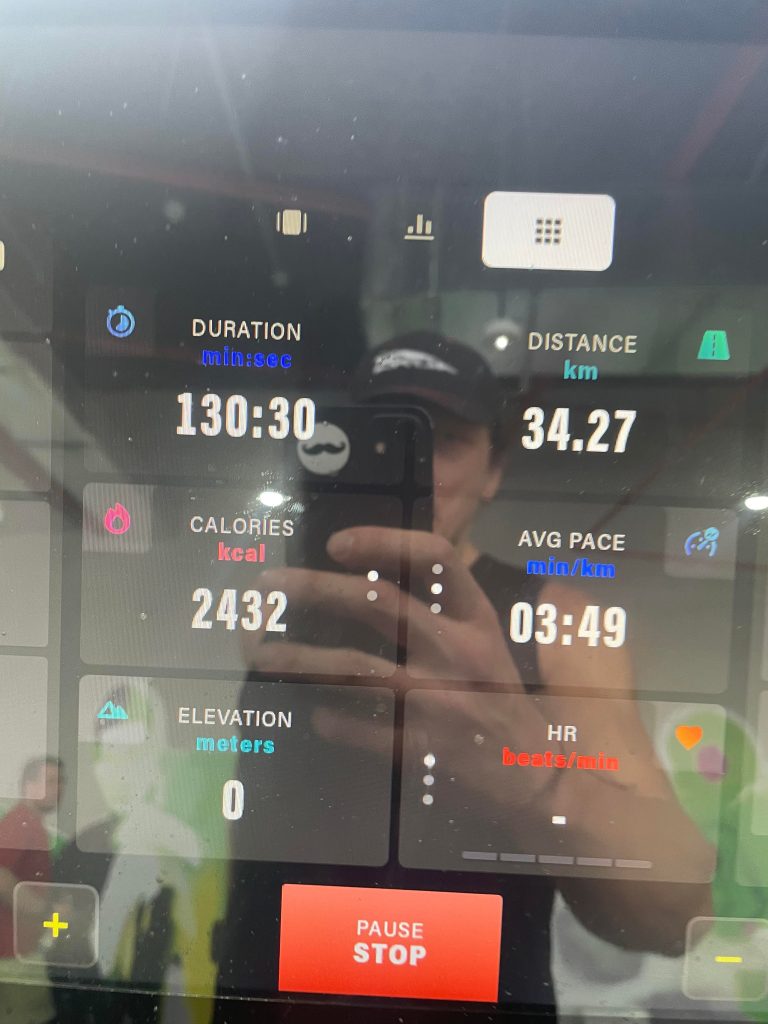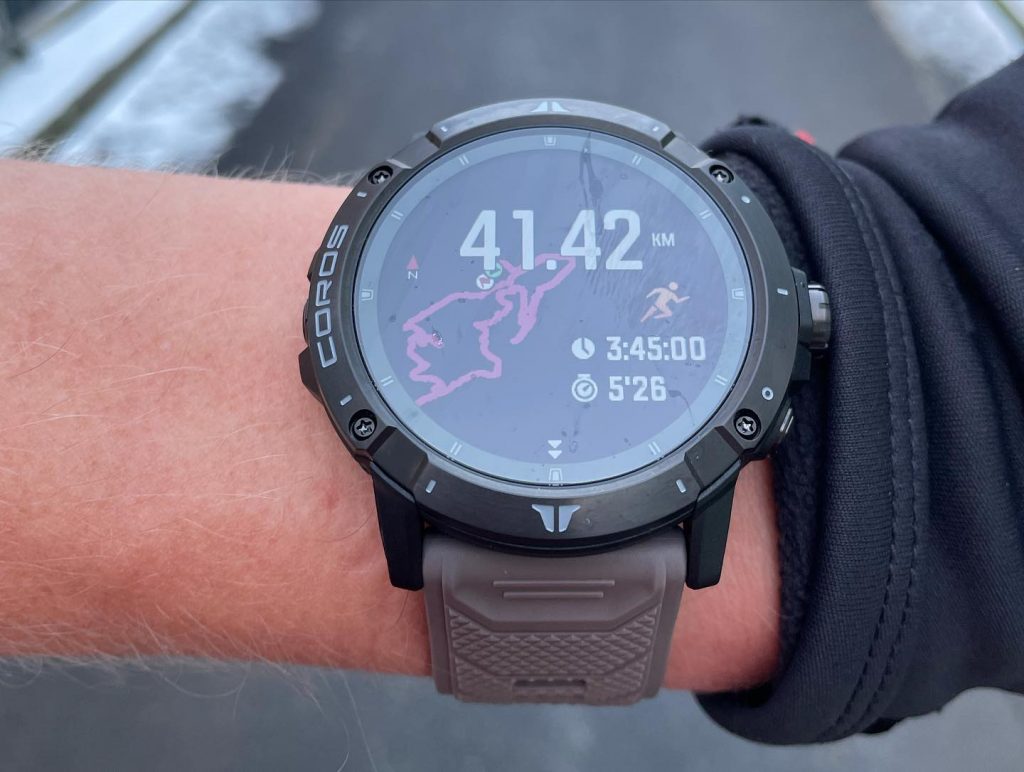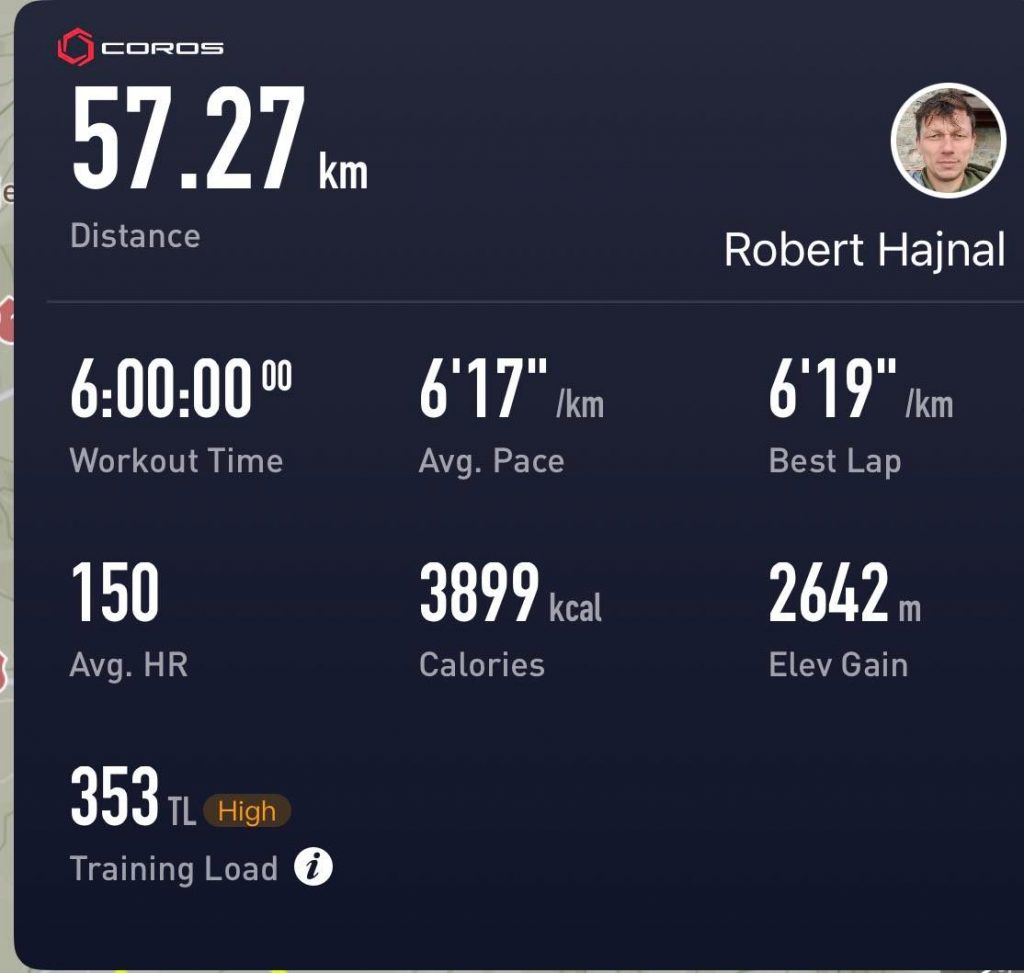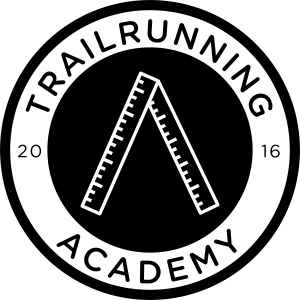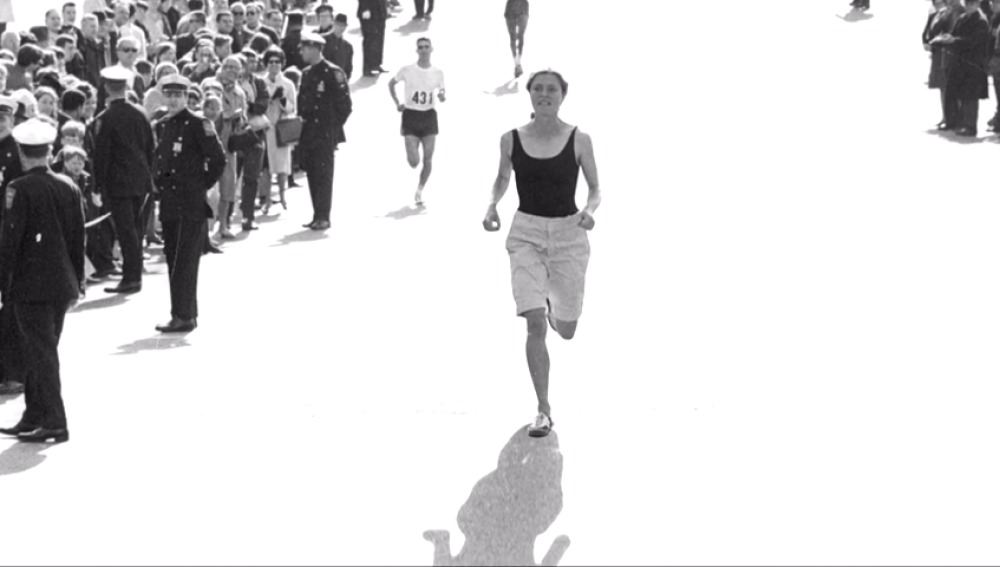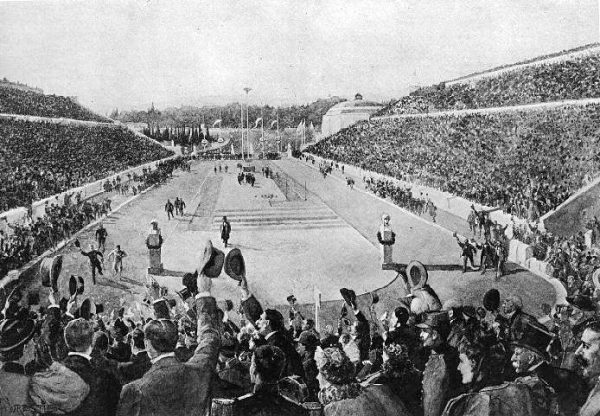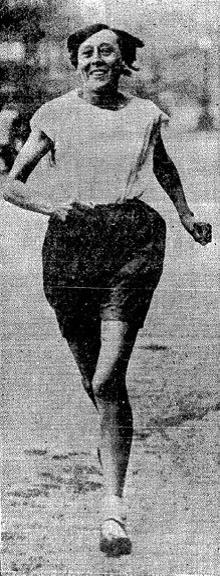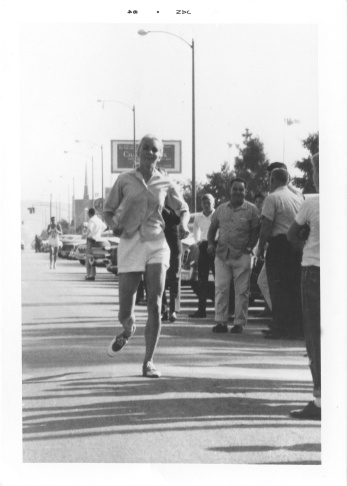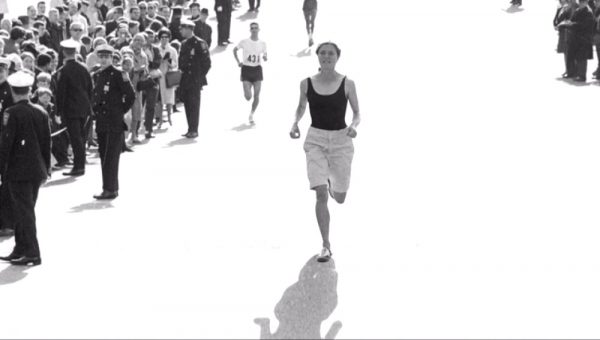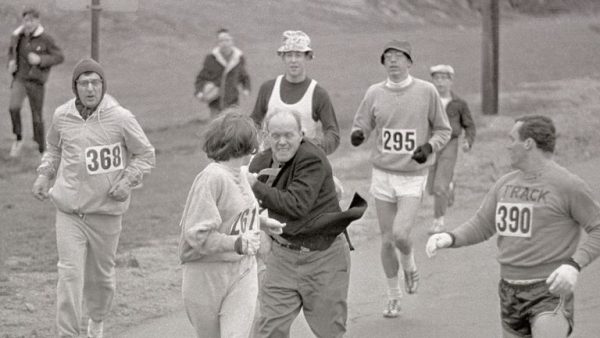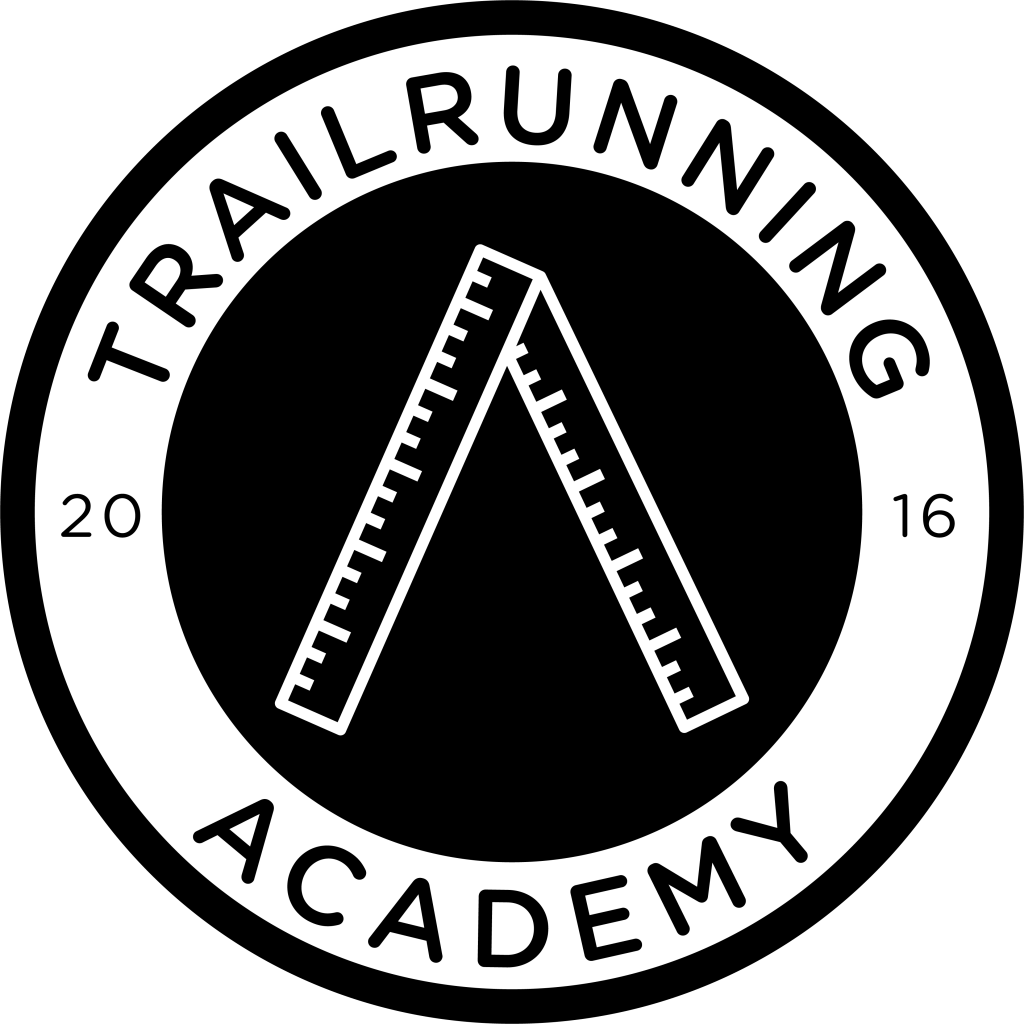
First Edition of Rarau Everesting

Join the Tribe!
At the end of each month we send out a newsletter that keeps you up to date with important events in the running world, gives you training ideas and motivates you for your next competition.
The idea behind the Everesting concept couldn’t be simpler: run up a hill until you reach 8,848m – the height of Mount Everest.
The reality is a relentless endurance battle that will push you to your physical and mental limits.
Achieve a level difference equal to Mount Everest and you’ll become a member of the RARE Everesting 8,848+ Elite Club.
For your Everesting attempt to be approved, you must:
- Accumulate +8,848 m level difference;
Follow the marked route to the summit of Rarau; - Descend the marked route from the summit of Rarau (same)
- No sleep – you must complete the challenge in one period;
- Breaks (eating, drinking, recharging) are included in your time;
- You must reach the summit each time;
- You must get down safely and return to base camp;
- Time limit 30h max;
Everyone who makes at least 1 ascent will receive the FINISHER medal
Between 2 and up to 9 climbs, you will receive an engraving on the FINISHER medal with your name, time, and total accumulated elevation in the competition.
For 10 climbs you will receive the above + the special RARAU Everesting 8.848+ Elite Club trophy.
For the first edition of Rarau Everesting 130 participants are registered.
Leave a comment on how many athletes will climb 10 peaks of Rarau in less than 30 hours?
Citește și:
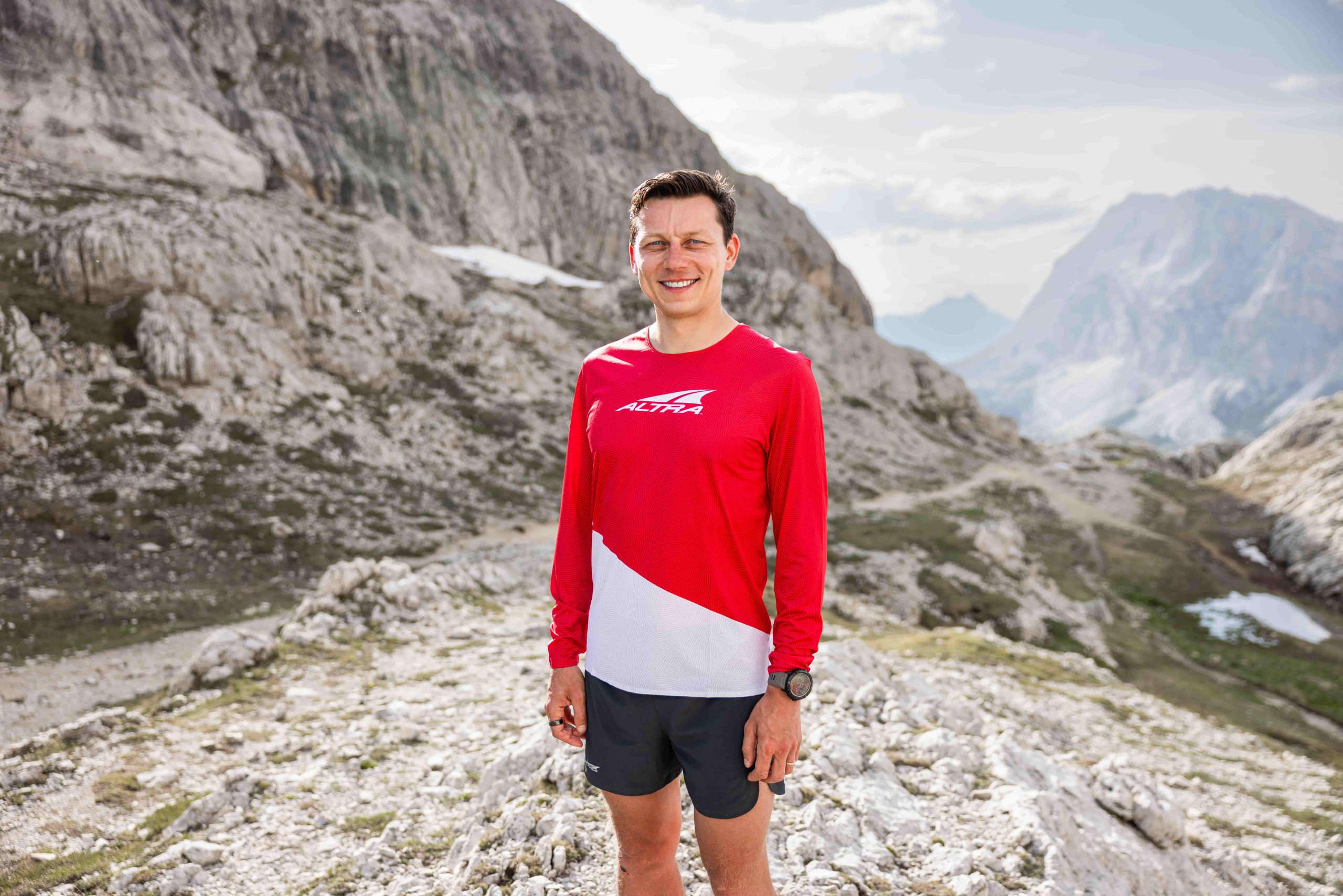
Western States 100miles 2024 – Hajnal Robert’s Thoughts & Training Journal
Western States 100milles 2024 – Hajnal Robert’s Thoughts & Training Journal from the start of the training block to racing
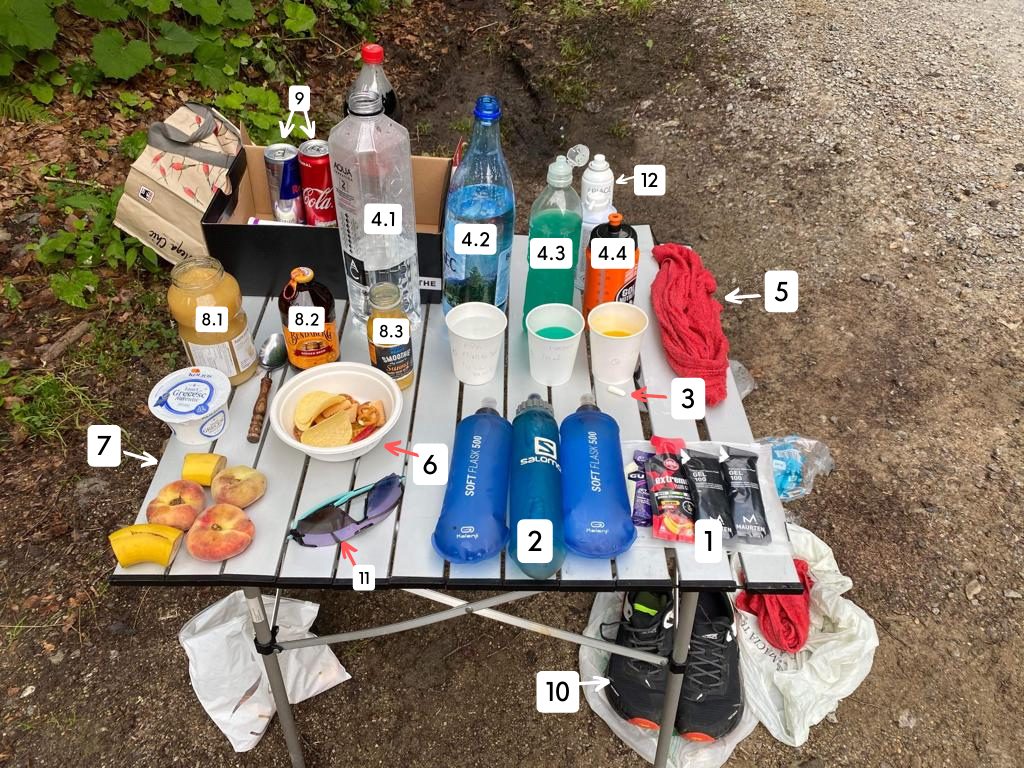
How to make a proper checkpoint for your next ultramarathon
Do you have a support team for your next ultramarathon? Here’s what you need for a successful race and a ‘full’ Check-Point.
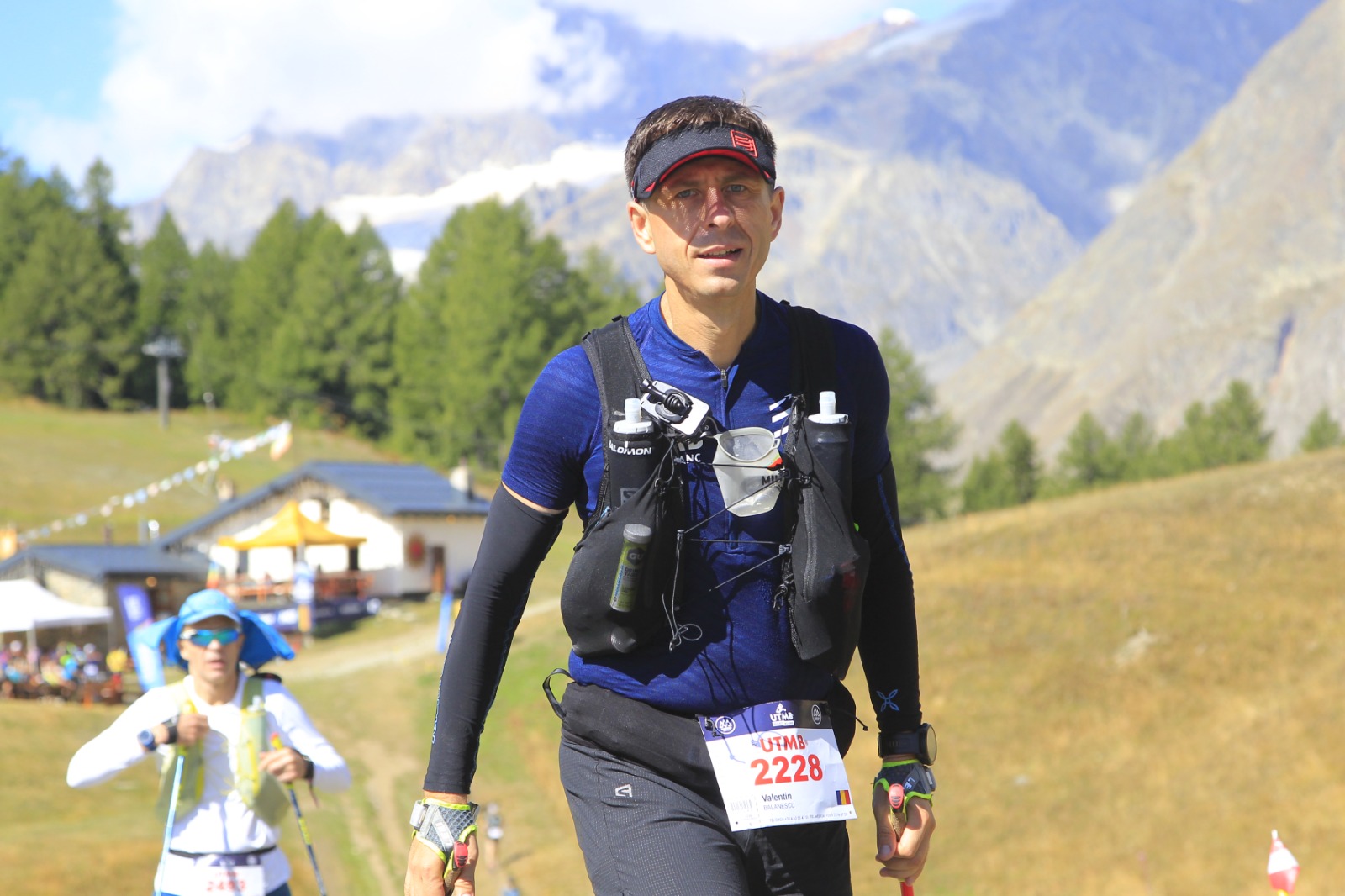
UTMB roller-coaster
The emotions and experience of TrailRunning Academy athlete Valentin Bălănescu during the 170 km of the UTMB.
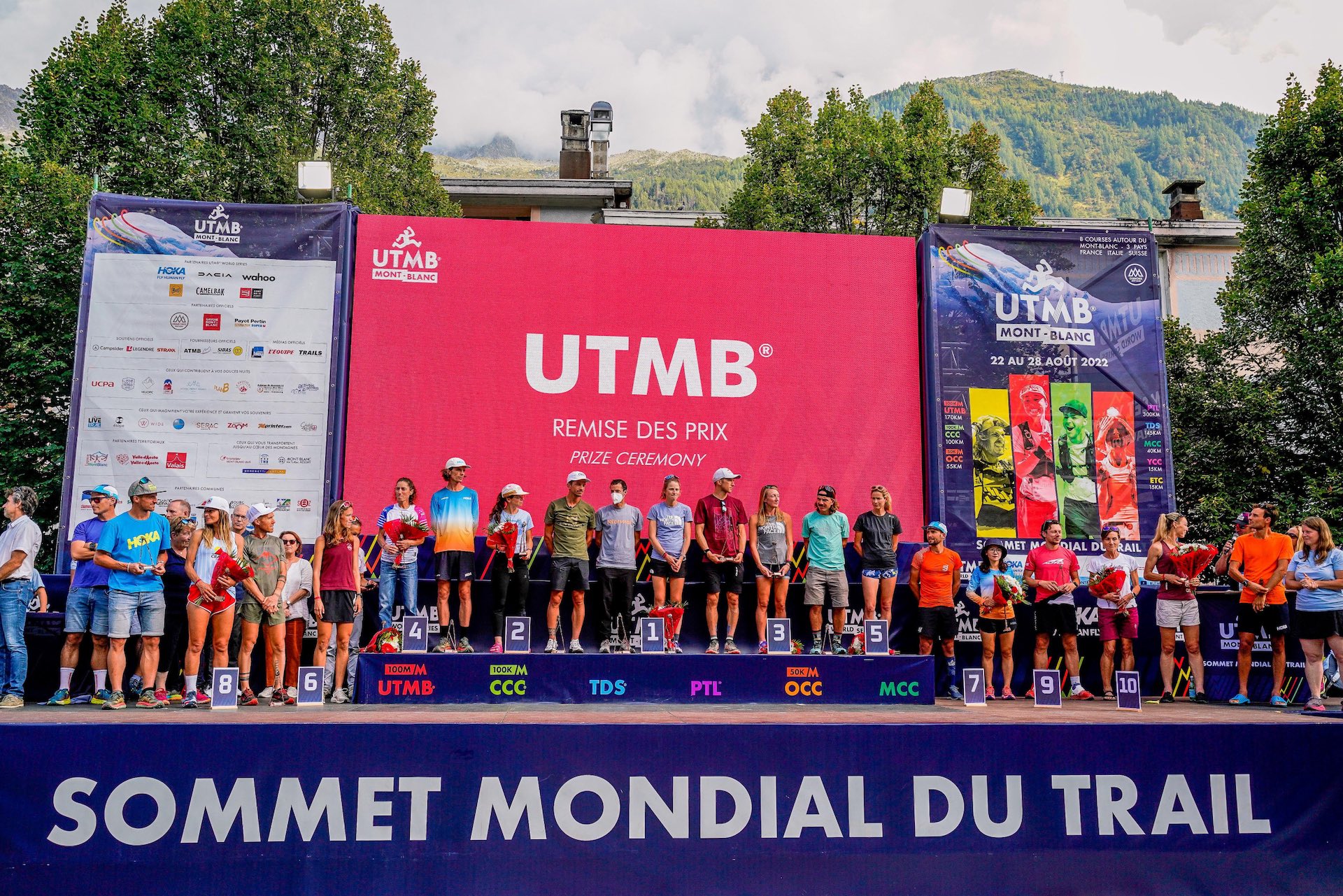
The 10 Magnificent of the UTMB 2022 Podium
I had the chance to share the UTMB 2022 podium with 10 of the best endurance athletes in the world. Here’s how I met them, how they competed and my thoughts on them.

